Welcome back to our Digests series––design, architecture and exhibition––which zero in on projects and artworks planting a seed of inquiry for you to explore and delve as deep as your heart desires. Eat your heart out in this month’s Exhibition Digest with works from Damien Ortega, Daisuke Iguchi, Akio Takamori and more!
1. Akio Takamori | To Be Human
James Harris Gallery, Seattle, Washington
April 29, 2019 – June 8, 2019
Takamori was a seminal figure in ceramic art, whose work over the past thirty years has left an enduring impact on the Pacific Northwest arts and the medium itself. His work is often autobiographical, drawing on his life in Japan, his family, and mythological themes. He is known for his coil-built figurative sculptures in which the narrative painting defines the form. Takamori explored themes of cultural identity by engaging the history of Eastern and Western aesthetics. Bold form and color defines his body of work, which is highly expressive of human emotion and sensuality.
Akio Takamori was born and raised in Japan. He has been exhibiting in the United States, Europe and Asia since the mid 1980s. Takamori received his BFA from the Kansas City Art Institute in 1976 and his MFA from the New York State College of Ceramics, Alfred University in 1978.
Takamori’s work is included in numerous collections including the Nelson-Atkins Museum of Art in Kansas City, Los Angels County Museum of Art, Victoria & Albert Museum in London, Ariana Museum in Geneva, the Seattle Art Museum, and the Museum of Arts and Design in New York City. He is the recipient of numerous awards, including three National Endowment for the Arts Visual Artists Fellowship Grants (1986, 1988, 1992), the Joan Mitchell Foundation Painters and Sculptors Grant (2006), and the USA Ford Fellowship (2011). Takamori was a professor of art at the University of Washington. He lived and worked in Seattle.
Text from James Harris Gallery.
Visit the Akio Takamori website here.
Visit the the James Harris Gallery here.
2. Daisuke Iguchi
Pierre Marie Giraud, Brussels
September 6 – October 5, 2019
The ceramics of Daisuke Iguchi have the presence of ritual artifacts and sacred objects. Iguchi is interested in the aesthetic qualities of patinated iron and moss-covered stones, and has gone through an extensive empirical research to be able to reproduce these effects on the surface of his vessels.
Embracing the concept of Sabi – an admiration of that which is old and faded – Iguchi’s works celebrate the wearing effect of time on all things. His vessels are hand-build and given a skin that is typical of the artworks of Igushi : a textured, old-metal lustre and oxydized patina obtained through the application of ashes, precise firings, and polishing. The curves and volumes of his elegant and ample shapes are highlighted by Iguchi’s characteristic pattern of parallel white lines. Through the process of their making his artworks grow a personal history evidenced in their uncanny aura of antiques and other worn-out artifacts.
Iguchi was awarded the Judge’s Special Prize in 2008 Mashiko Ceramic Art Exhibition) as well as the Governor of Tokyo prize at the 2014 Eastern Japan Traditional Art Crafts Exhibition.
Text from Pierre Marie Giraud.
Visit Daisuke Iguchi’s artist page here.
Visit Pierre Marie Giraud here.
3. Damián Ortega | Porous Structures
Gladstone Gallery, New York
May 1 – June 8 , 2019
As Wallpaper reports, Mexican artist Damián Ortega’s love of everyday objects has been a constant throughout his career. From his explosive sculptures that deconstruct items like cars and chairs into intricate suspensions of their individual components, to more abstract sculptures made from familiar materials, such as steel pipes and corn tortillas, Ortega’s ability to transmute the ordinary in his art knows few bounds.
The artist’s current solo exhibition at Gladstone Gallery in New York, presents a fresh body of work that sees him approach the idea of the mundane from a new perspective once again. Comprising three distinct narratives, Ortega delves into the intertwined relationship of modern civilisation and the natural environment, while also commenting on the circular nature of life.
Over a year in planning, ‘Porous Structures’ isn’t just about making one statement. In one grouping, Ortgea has created a series of brick sculptures that reference the geology of mountain ranges, glaciers and volcanoes, while using the grey cement bricks commonly used because of their affordability in his native Mexico. Shaped and chiseled by hand, the primitive forms reference the gridded diagrams of computer-based, three-dimensional modeling, while also resembling the topographies of vast landscapes at the same time.
In his monumental new site-specific work, Irregular emplacements, which consists of two 7-foot-tall mountainous structures made with sand and cement cubes, Ortega conflates the process of creating sculpture with an economics of positive and negative spaces that the viewer enters into. This installation aims to question what constitutes a sculpture, and highlights the significance of both the physical object on display as well as the negative space surrounding the sculpture. Ranging from the intimate to the monumental, Ortega’s works on view are both cultural artifacts and living objects in permanent transformation, existing as open structures that react and converse with the space inside and outside their physicality, housing and containing change over time.
Visit Damián Ortega’s artist page here.
Visit the Gladstone Gallery here.
4. Alison Cooke | Boring ends in Clay
The House of St. Barnabus, Soho, London
April 1 – September
A site-responsive project by Alison Cooke, Boring ends in Clay at the House of St. Barnabus pays tribute to Victorian Sewers. Clay excavated from a site near to Doulton’s pipeworks for this future sewer, is used for a ceramics project. The exhibition honors Victorian ceramicist Henry Doulton and engineer Joseph Bazalgette who built London’s sewer system – a life-saving network that connected all its citizens.
Alison Cooke sources clay from construction sites and historical locations and uses it to make ceramic forms that reference the past and future of the area. She utilizes the unpredictability in firing unknown materials. Her aim is that the resulting works are exhibited in locations relevant to the objects’ history. Cooke is a co-founder of ceramics collective, The Associated Clay Workers Union (ACWU).
Read more here.
Visit Alison Cooke’s artist site here.
5. Rochelle Goldberg | Waves and Waves
Oakville Galleries, Oakville, Ontario
March 31 – June 2, 2019
In Waves and Waves, longtime friends and artists Rochelle Goldberg and Rebecca Brewer engage a dialogue between their respective practices, with their distinct ideas unfolding in a shared space for the first time. The project sees both artists explore our assumptions about ecology and human life. Brewer’s recent textile works recall dream-like perceptions—with a permeability that suggests translation, exchange and the hallucinatory—seen here alongside new paintings that stem from an early memory of being carried out to sea on a wave. Goldberg’s sculptural works evoke material transitions, tactility and the traces that contact leaves on human bodies, landscapes and other living beings. Evocative of a drowned world, the exhibition engages the sensorial, emotional and perceptual experience of submergence.
Throughout the gallery, Brewer has suspended a series of mesh-like silk and wool textile works. Bearing visual elements often associated with therapeutic art—expressionistic marks suggesting destructive energies, eruptions, and their various residues—these works appear purely formal at first glance but reveal a litany of personal notations, cryptic linguistic fragments and other detritus. As with Brewer’s other works in the exhibition, these pieces grapple with the relationship between sensation and systems of intelligence—both those stemming from human life and those endemic to plants, animals and the broader biosphere. A pair of new paintings in the show evoke a fragmented world of flora and fauna—frogs, nautilus shells, seaweed—alongside traces of its decline—suggesting an ocean marred by garbage and a diminishing aquatic habitat. These works are accompanied by embossed abstractions on vellum, framed by worn, pearlescent resin that recalls ocean flotsam and glistening algae. Fecundity, garishness, aggression, and the refusal of legibility pervade Brewer’s works for Waves and Waves, in which emotional dysregulation and incoherent memory are tangled in oceanic metaphors.
In For Every Living Carcass, Goldberg likewise engages a submerged oceanic realm, presenting a fleet of human-scaled fish forms, both fleshless and animate. Rendered in ceramic and steel, these ghost-like species upend the relationship between predator and prey, a reminder that current patterns of consumption and declining ocean life presage a precarious future. Corporeality, extinction and the passage of time are also central to Goldberg’s Intralocutors, but through a starkly different lens. Comprised of sculptures that bring together unexpected combinations of materials—from lost-wax bronze casting to luminescent fiber optics—these works reframe the legacy of Mary of Egypt. Considered a sexual deviant according to fourth-century moral law, Mary turned away from the temptations of the carnal and material to pursue a life of scarcity in the desert. In these works, Goldberg posits Mary as a self- liberated and transcendental figure rather than a merely penitent one, one whose body and environment would eventually become one and the same. In reshaping this narrative, Goldberg highlights the ways in which our understanding of life—and how we think about bodily decay, survival and our relationship to the tactile world—is always shifting, tethered to larger forces, both ecological and cultural.
Text from Oakville Galleries.
Read more here.
Explore more about Rochelle Goldberg here.
Love or loathe this latest Exhibition Digest from the world of contemporary ceramic art and contemporary ceramics? Share your thoughts in the comments section below.
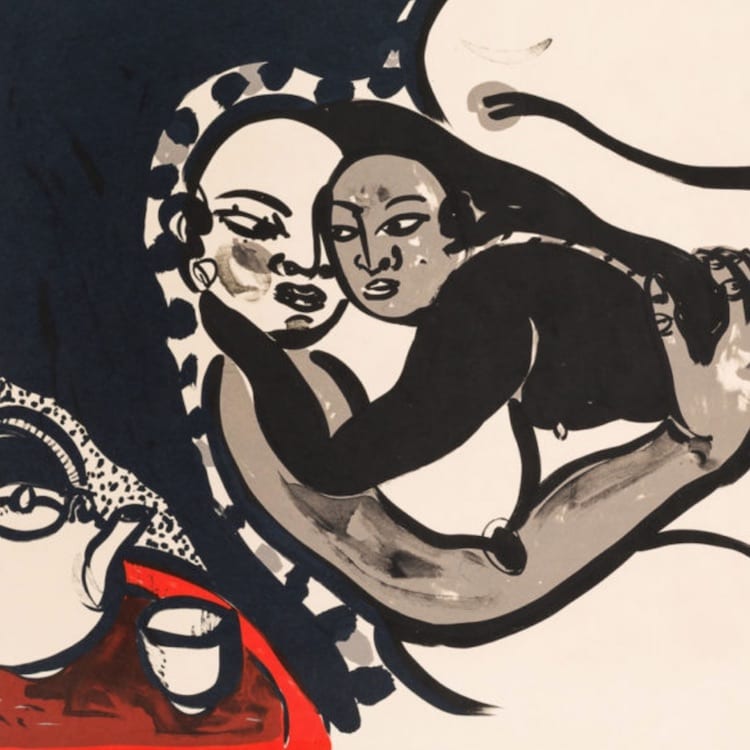
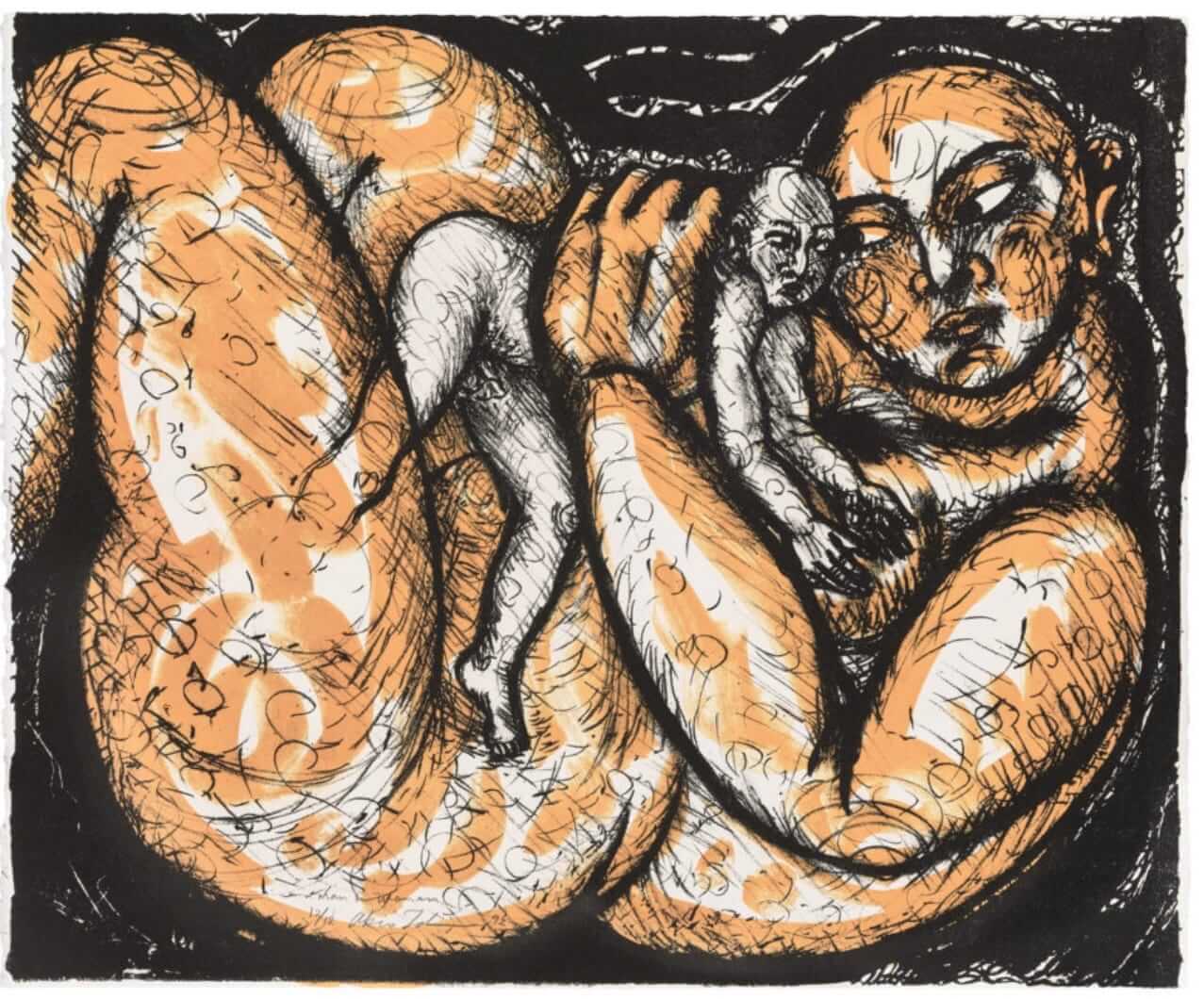

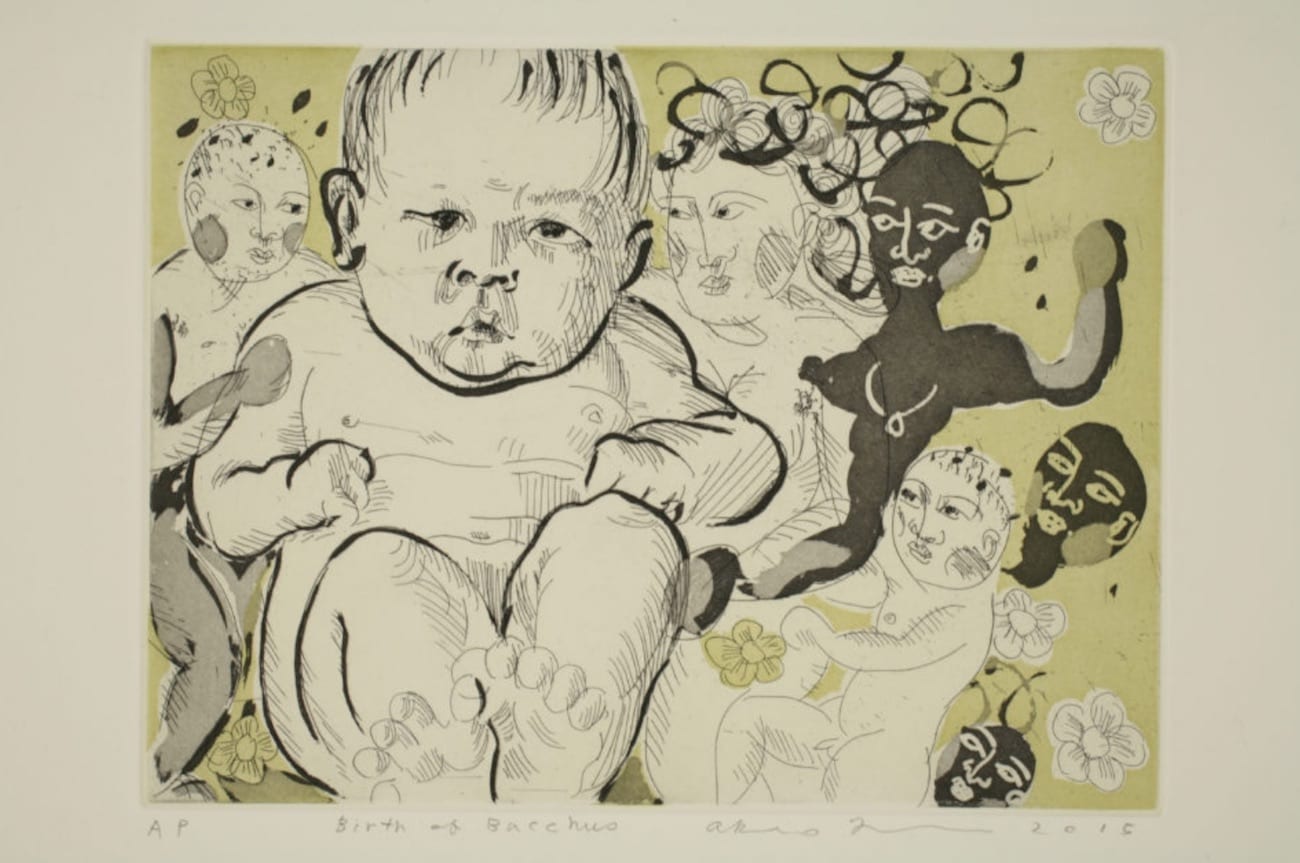
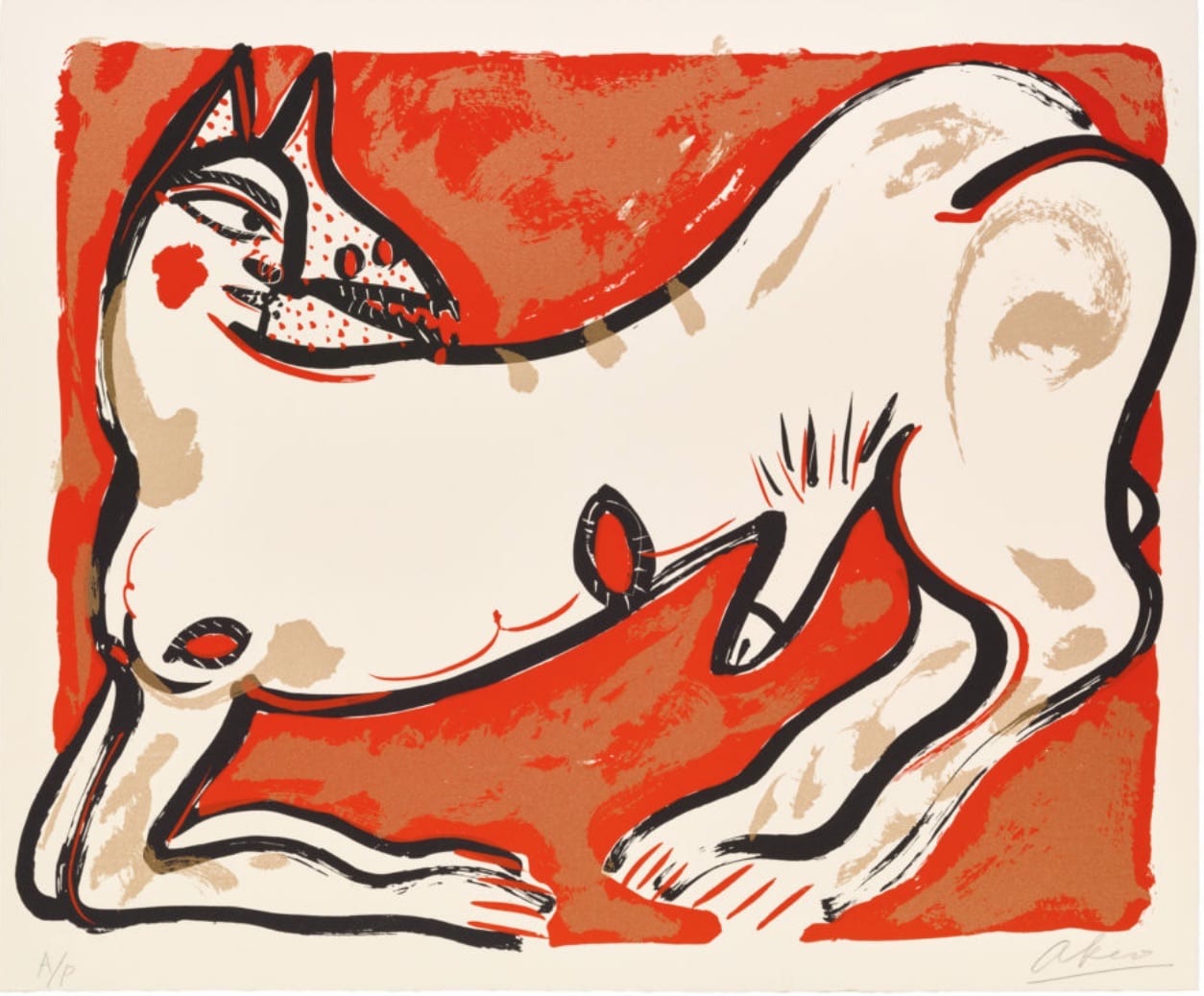



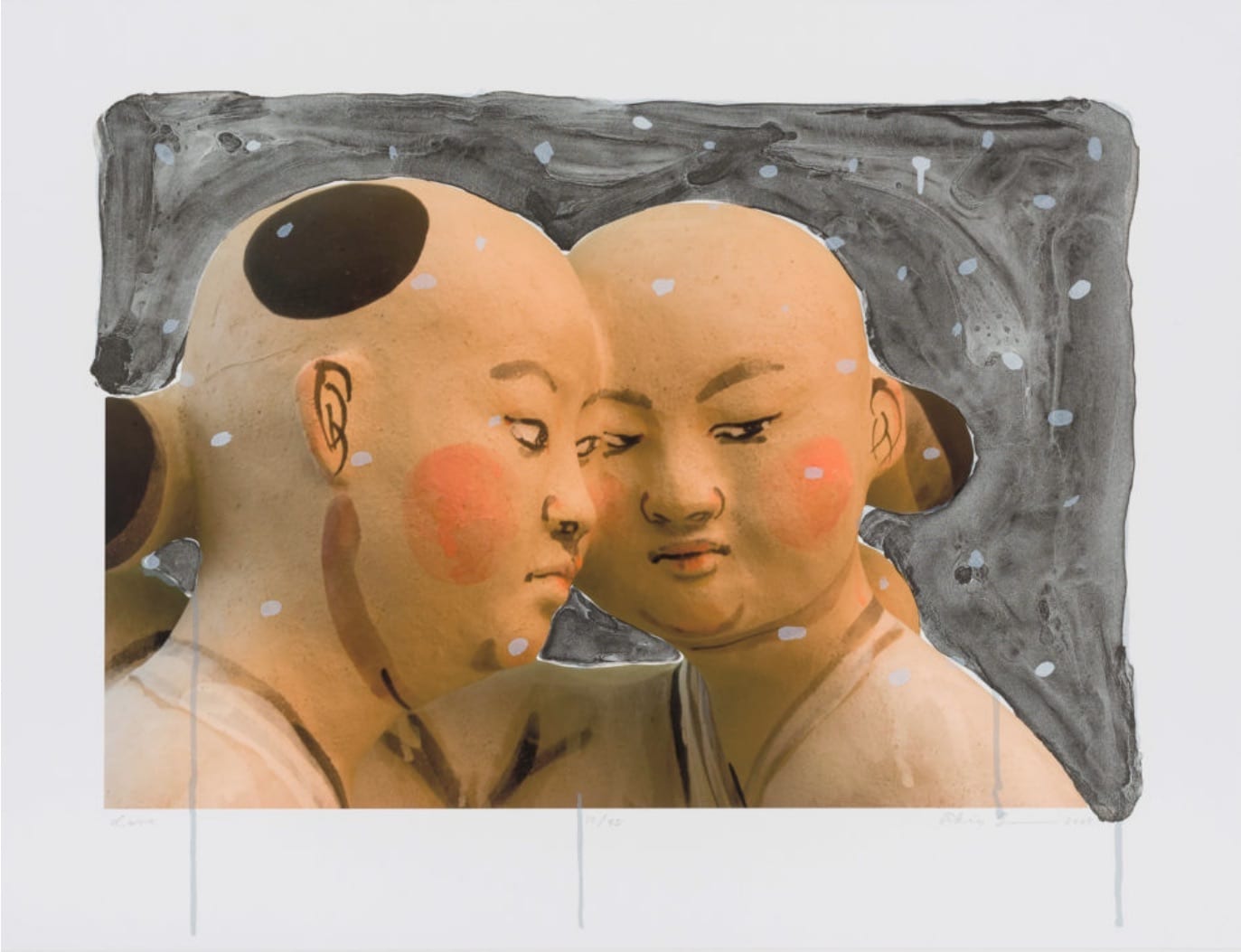
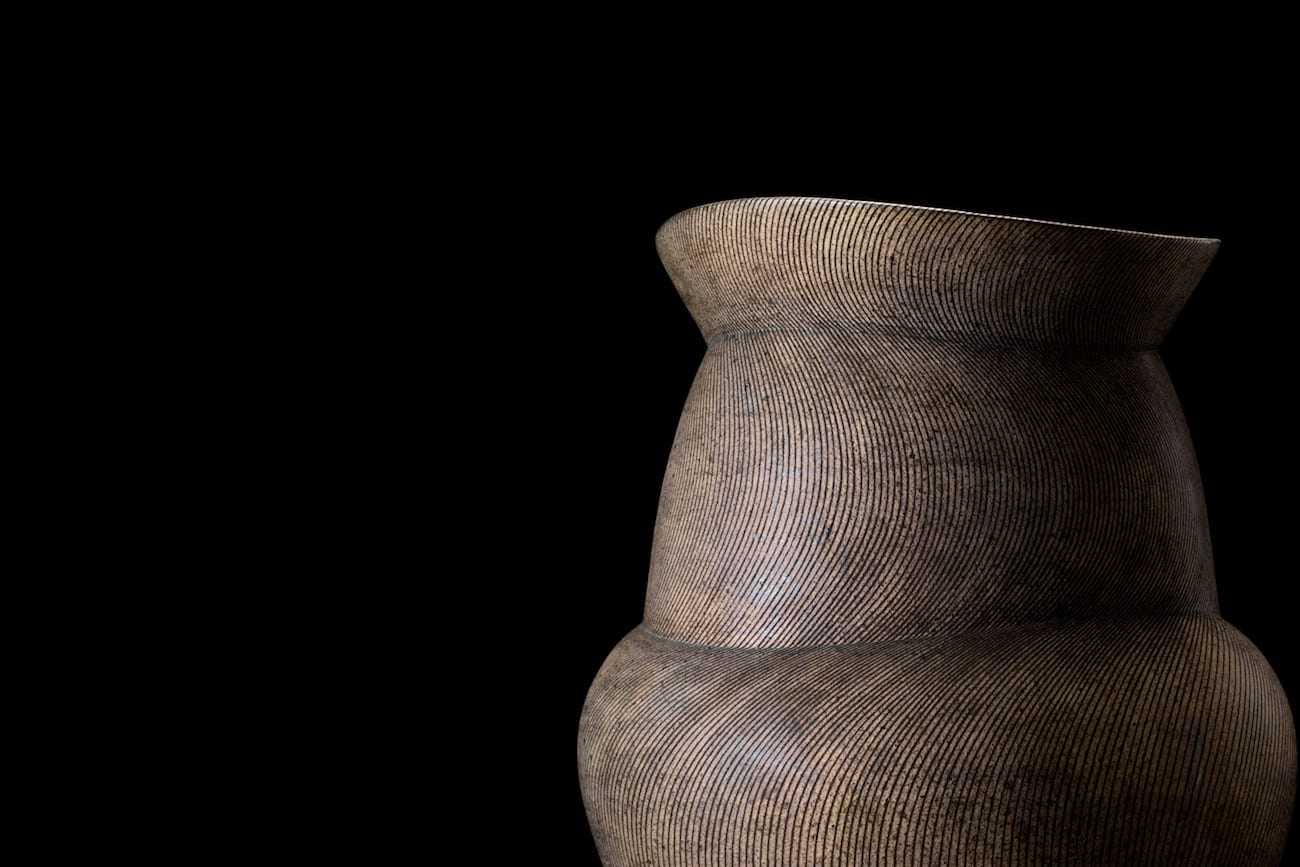
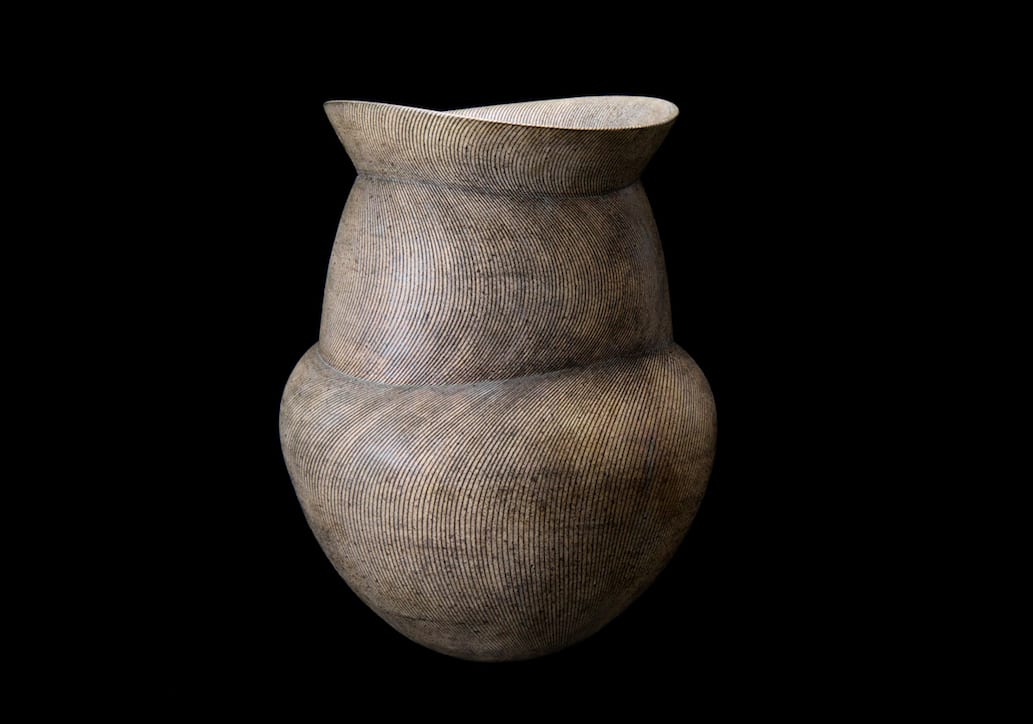
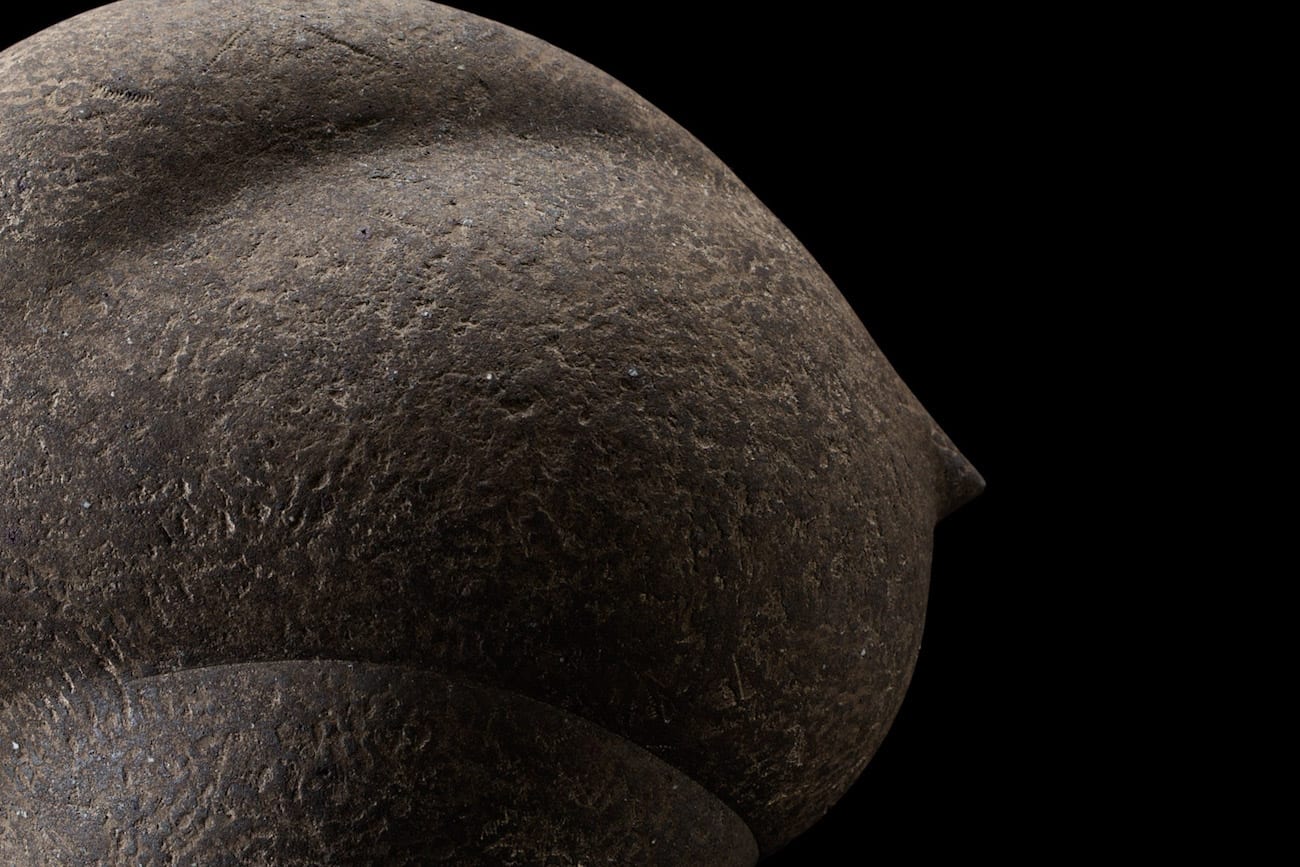
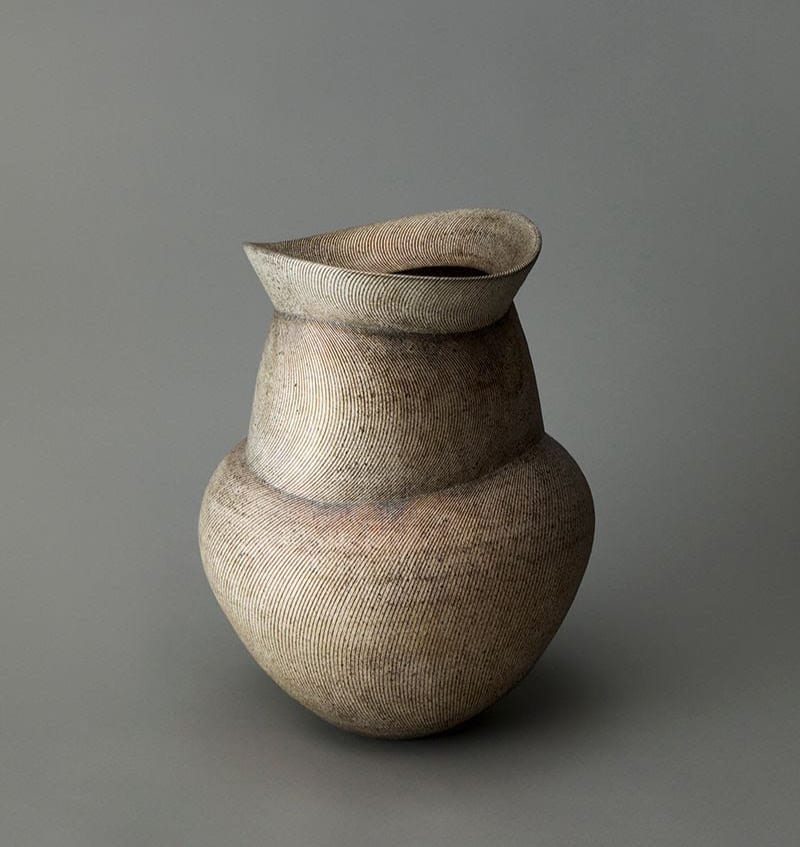
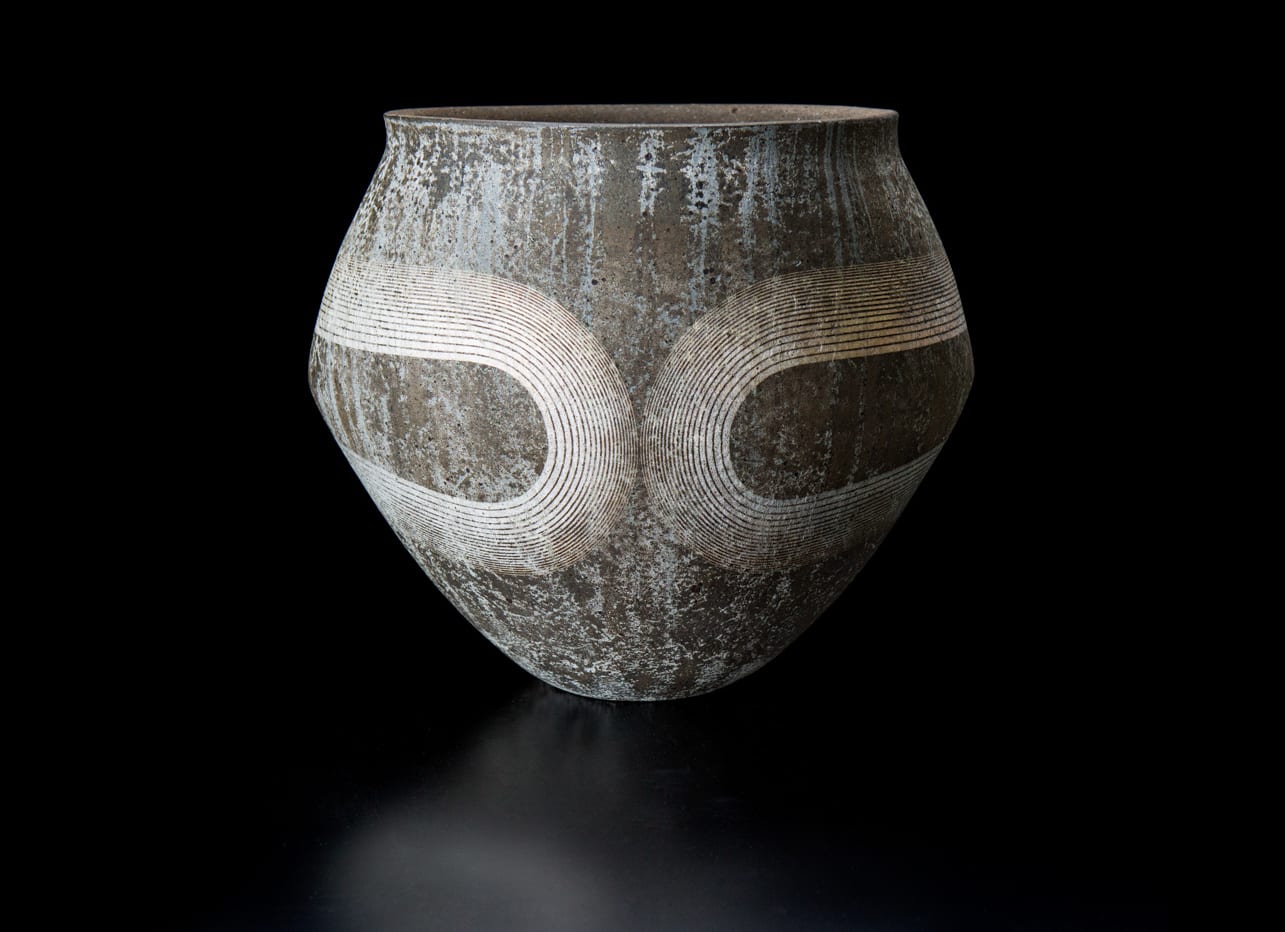
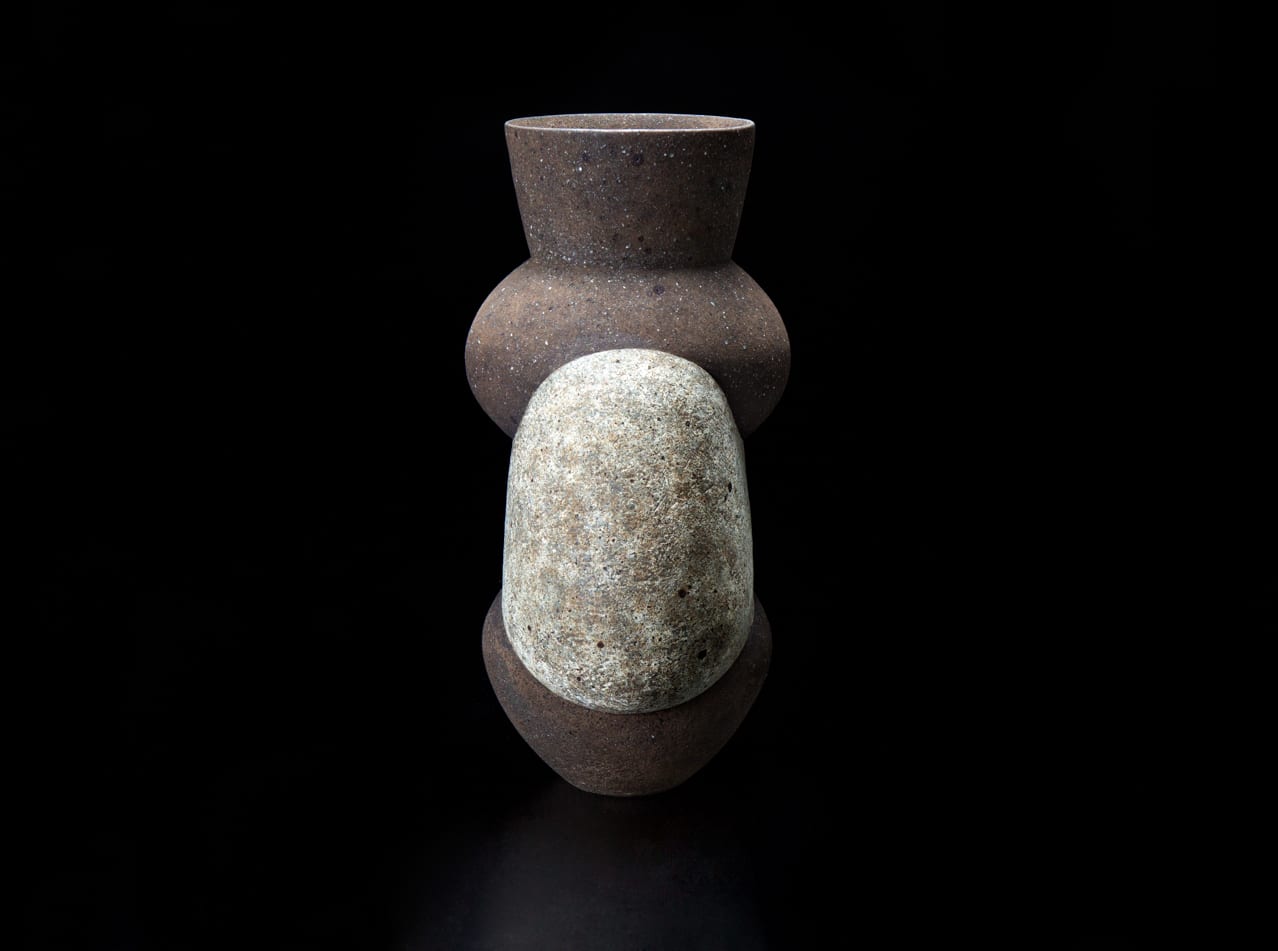
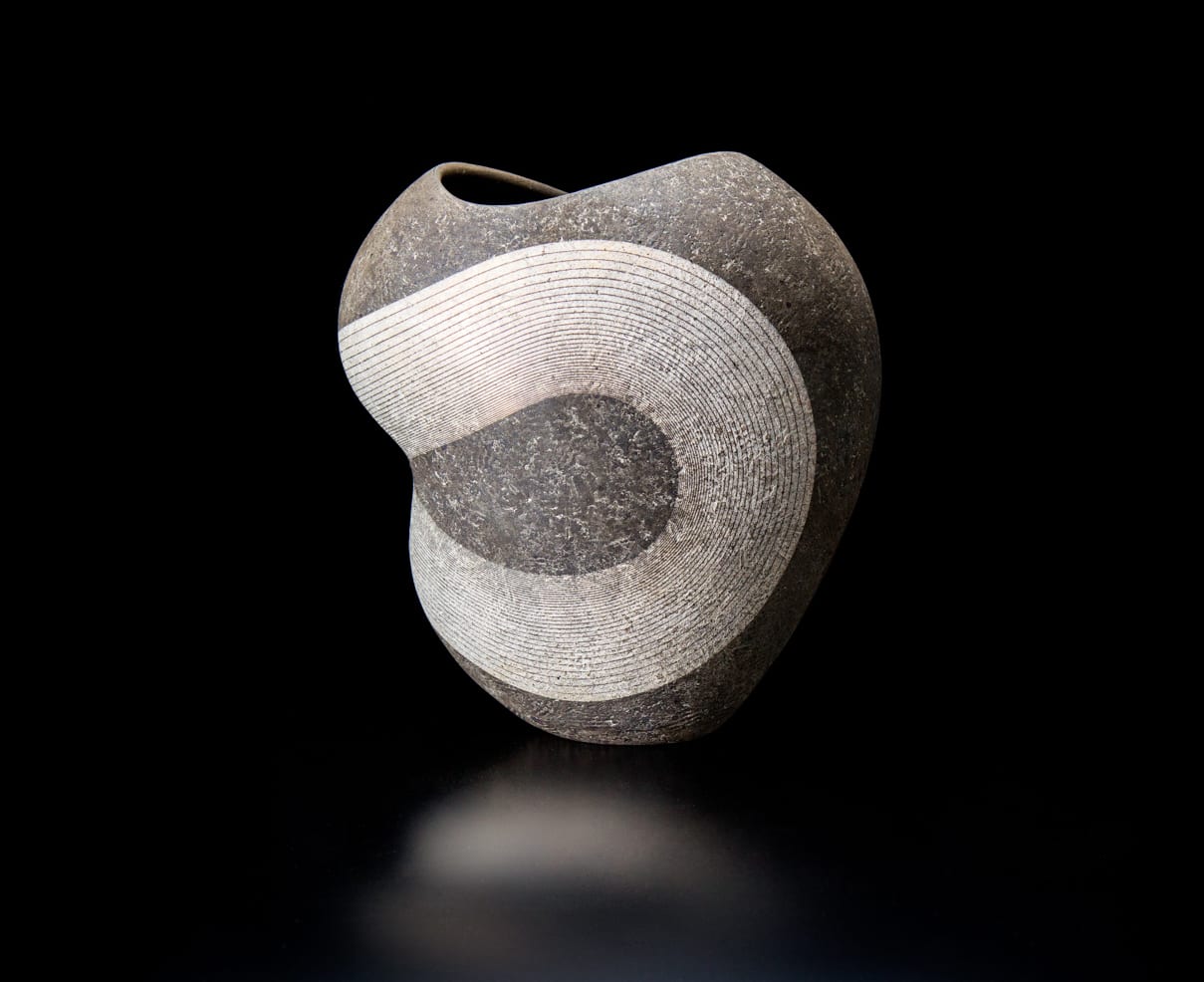
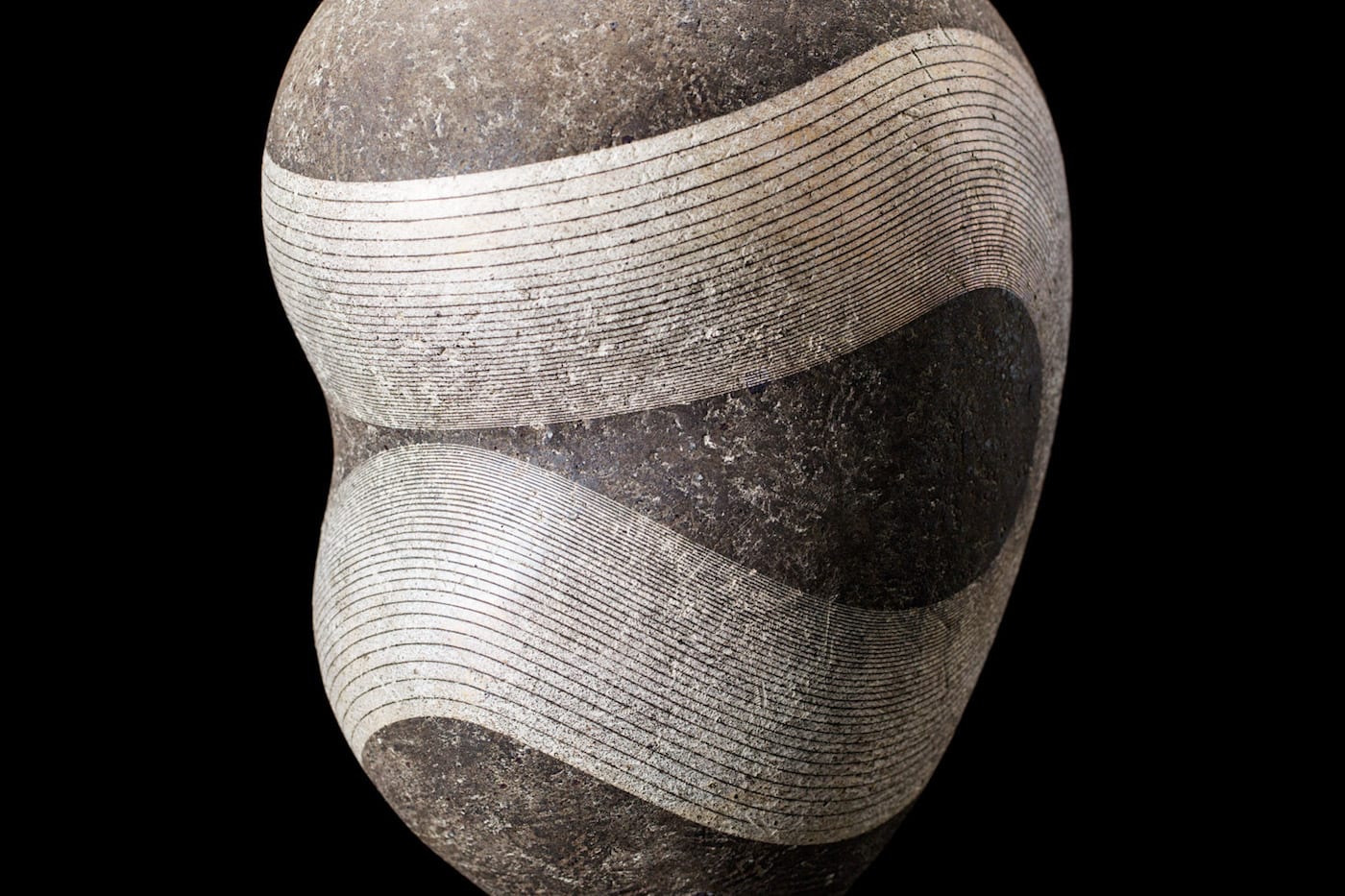
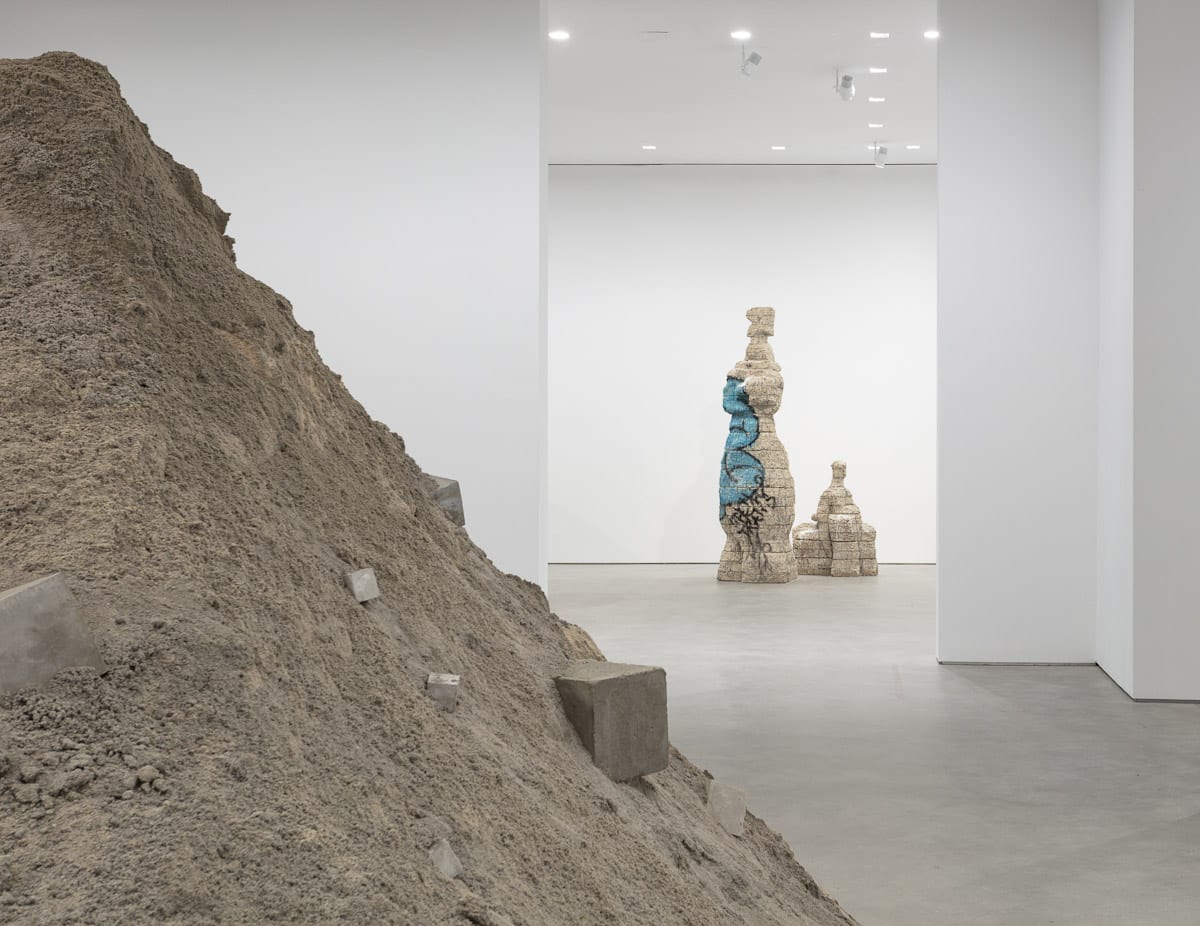
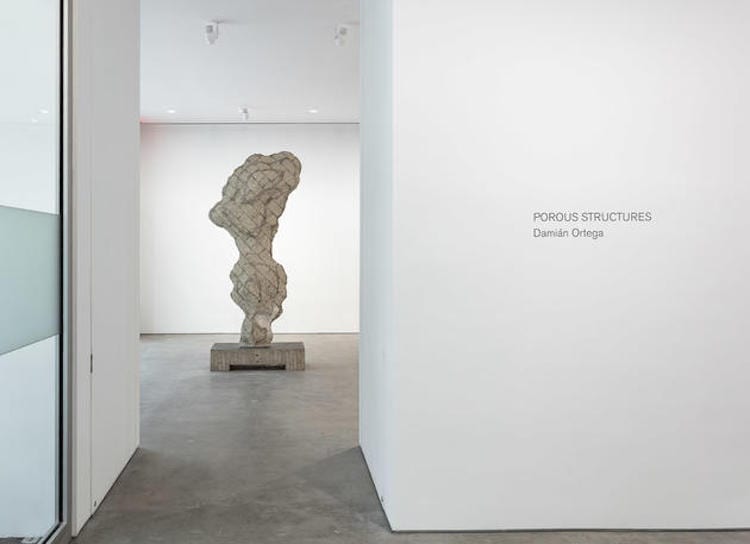
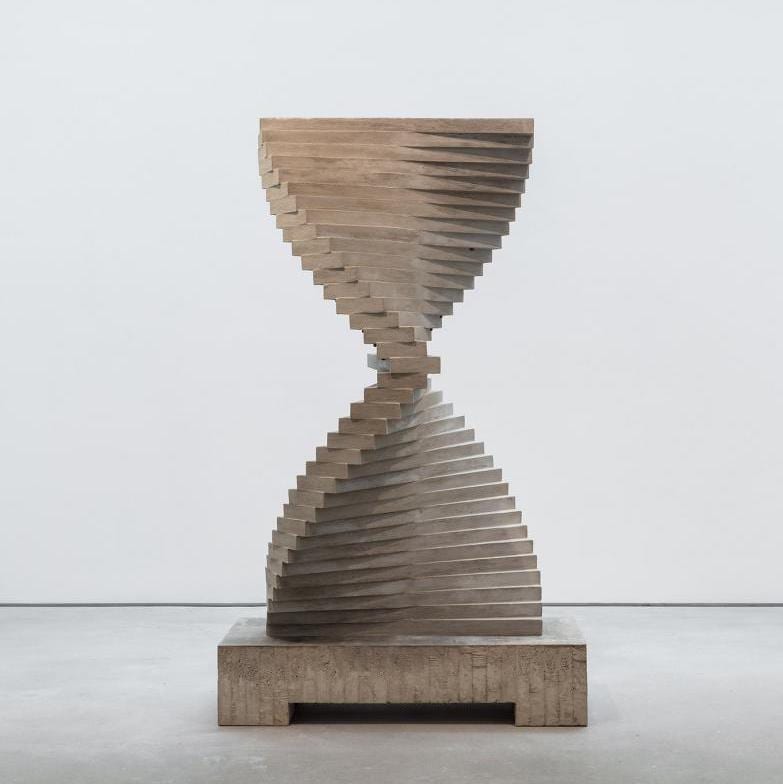
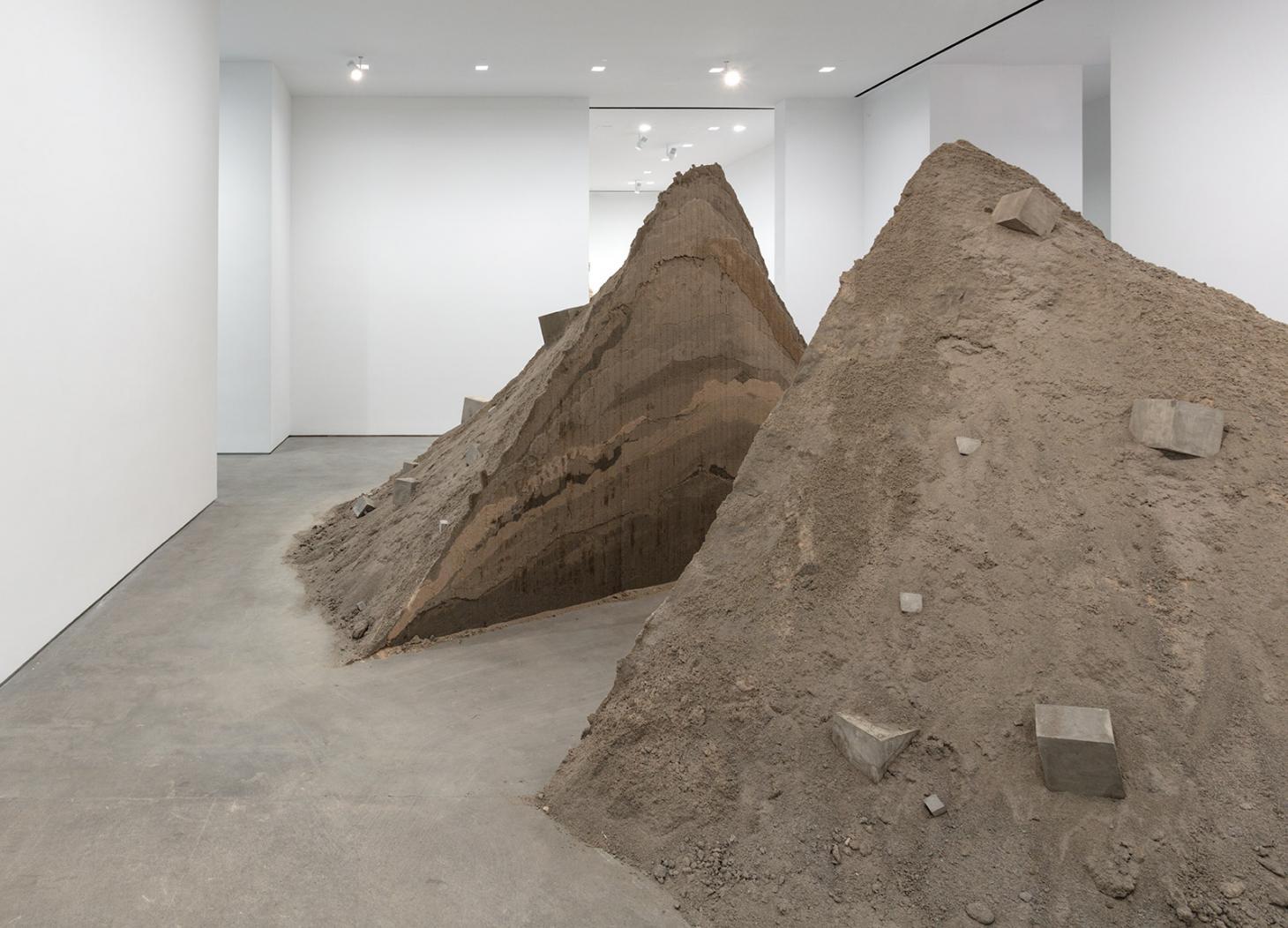

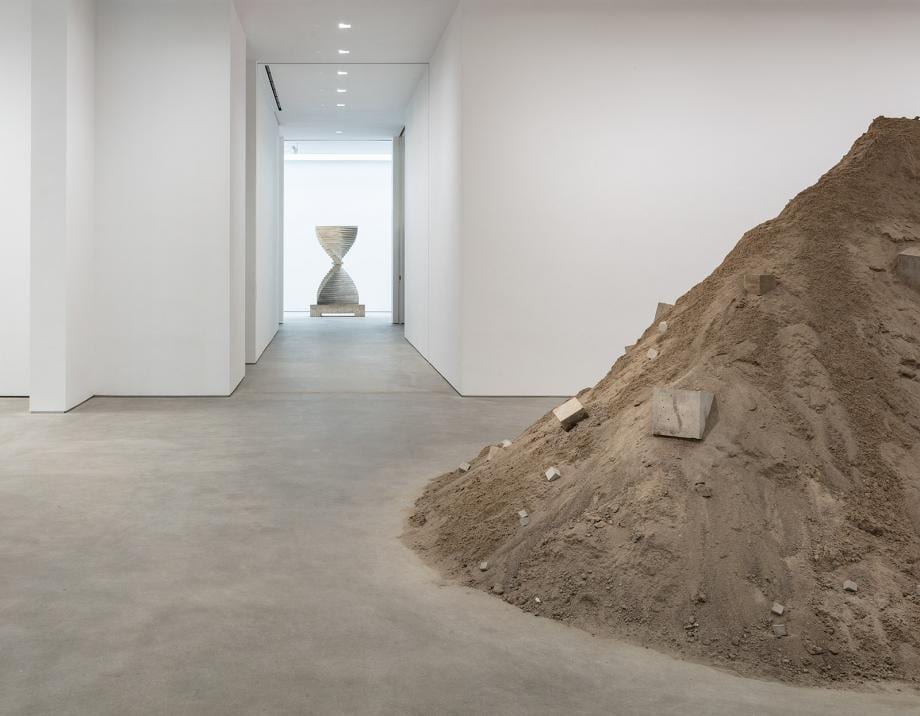
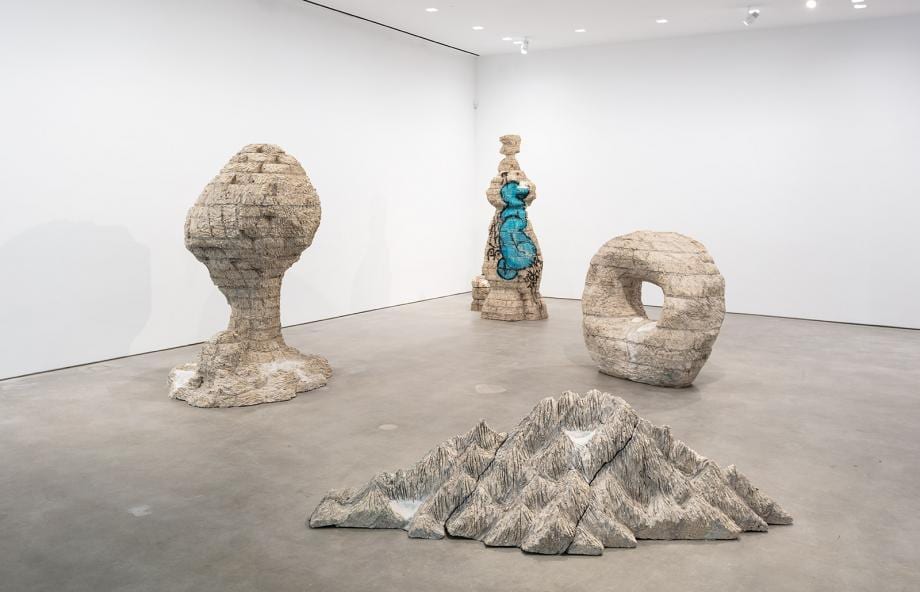
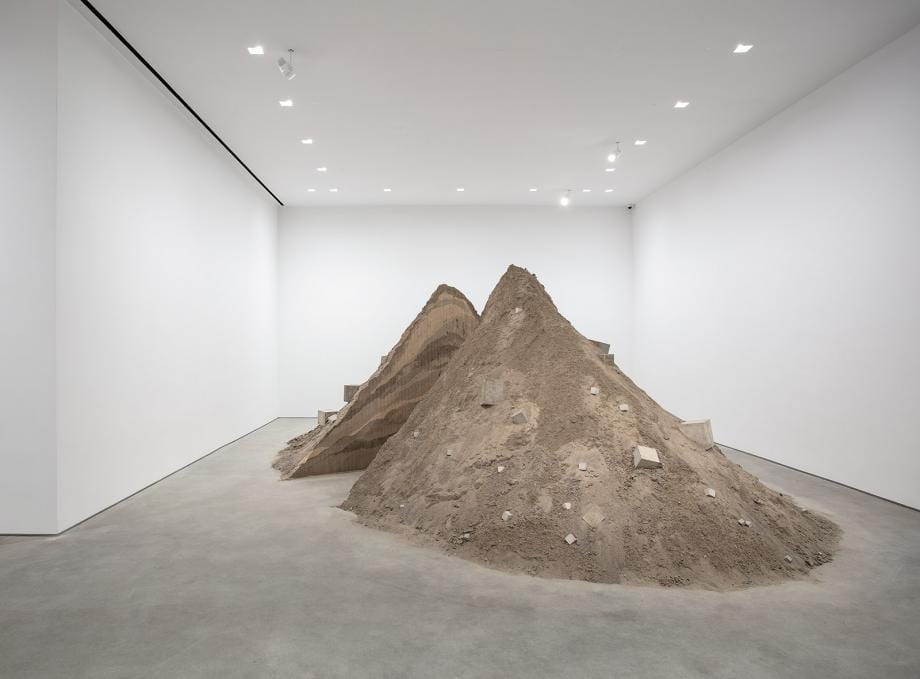
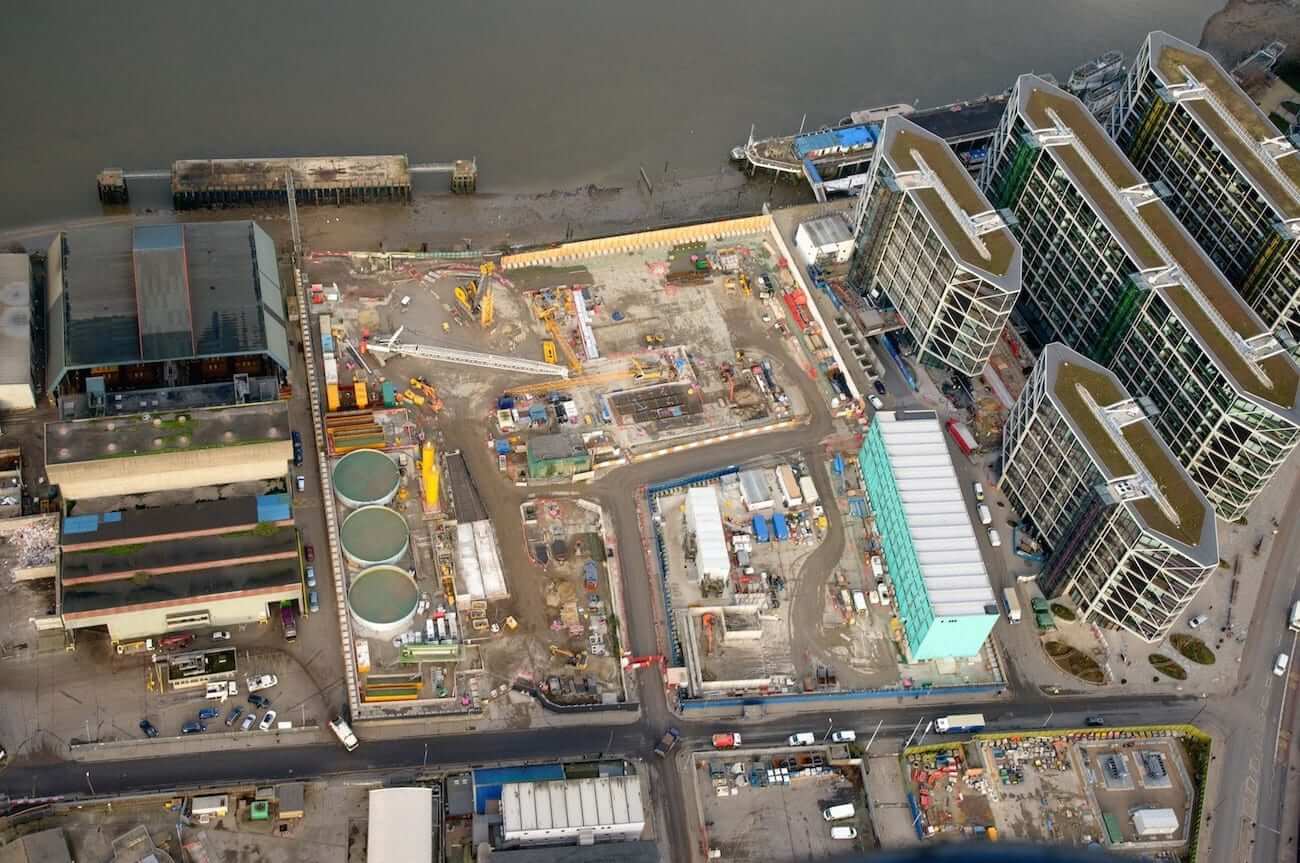
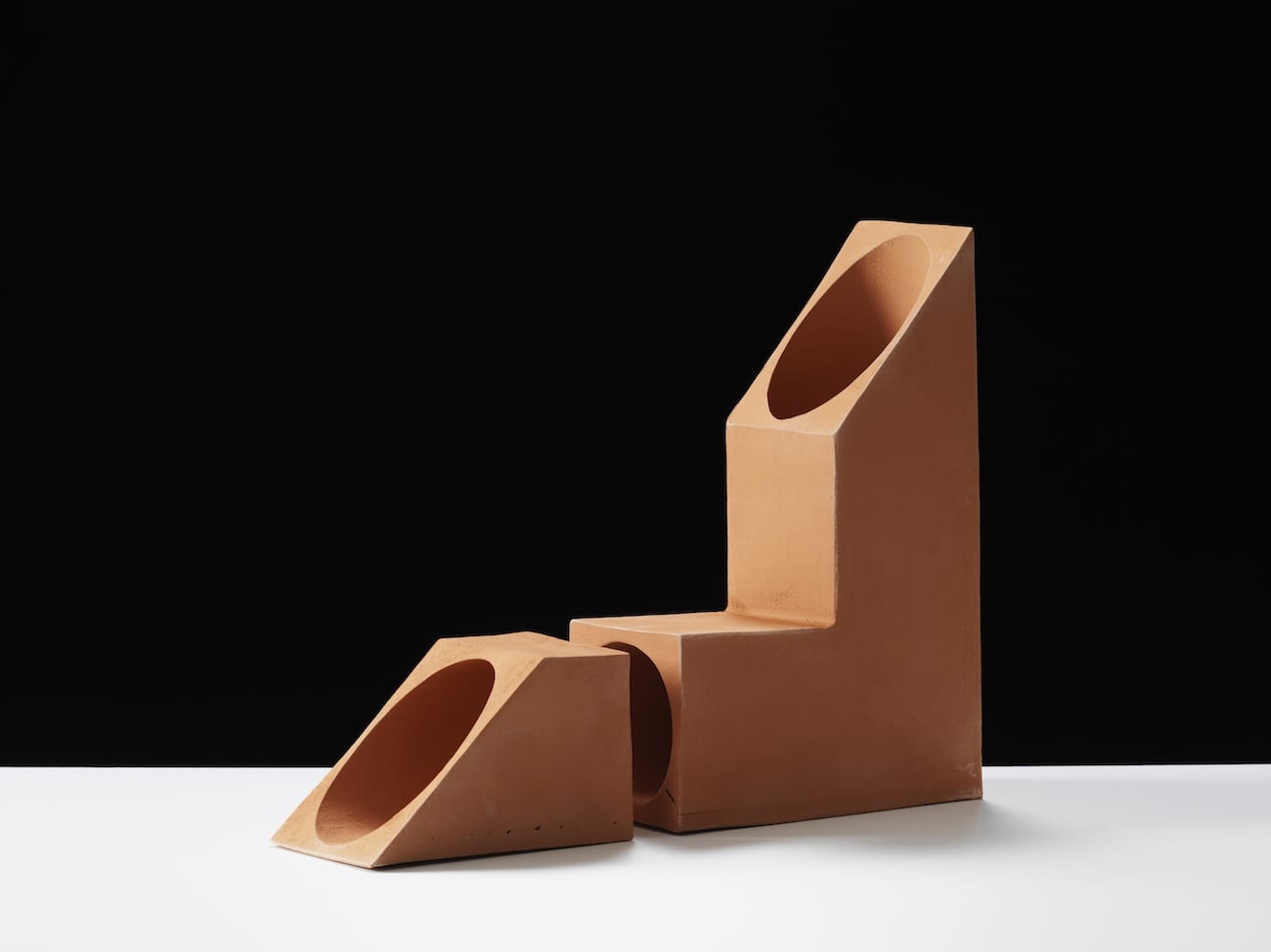
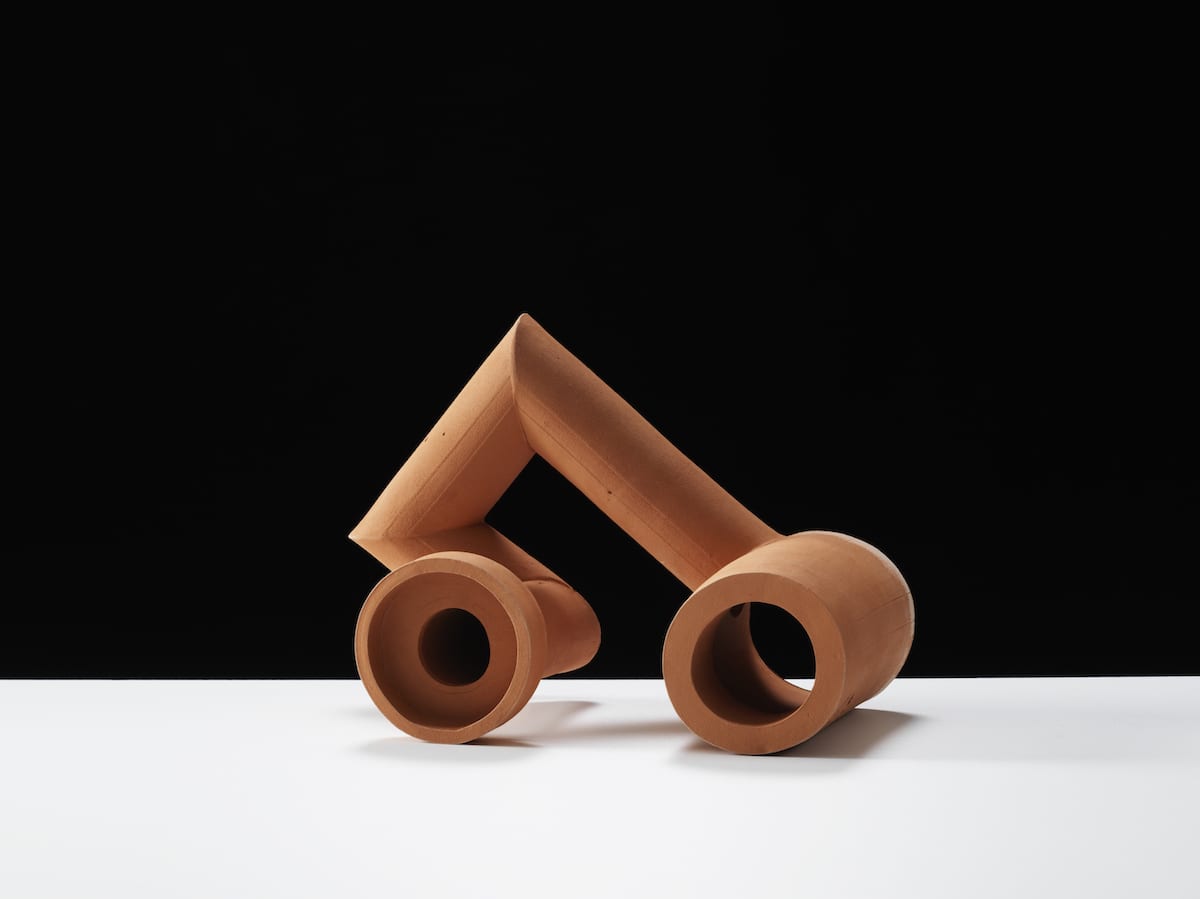
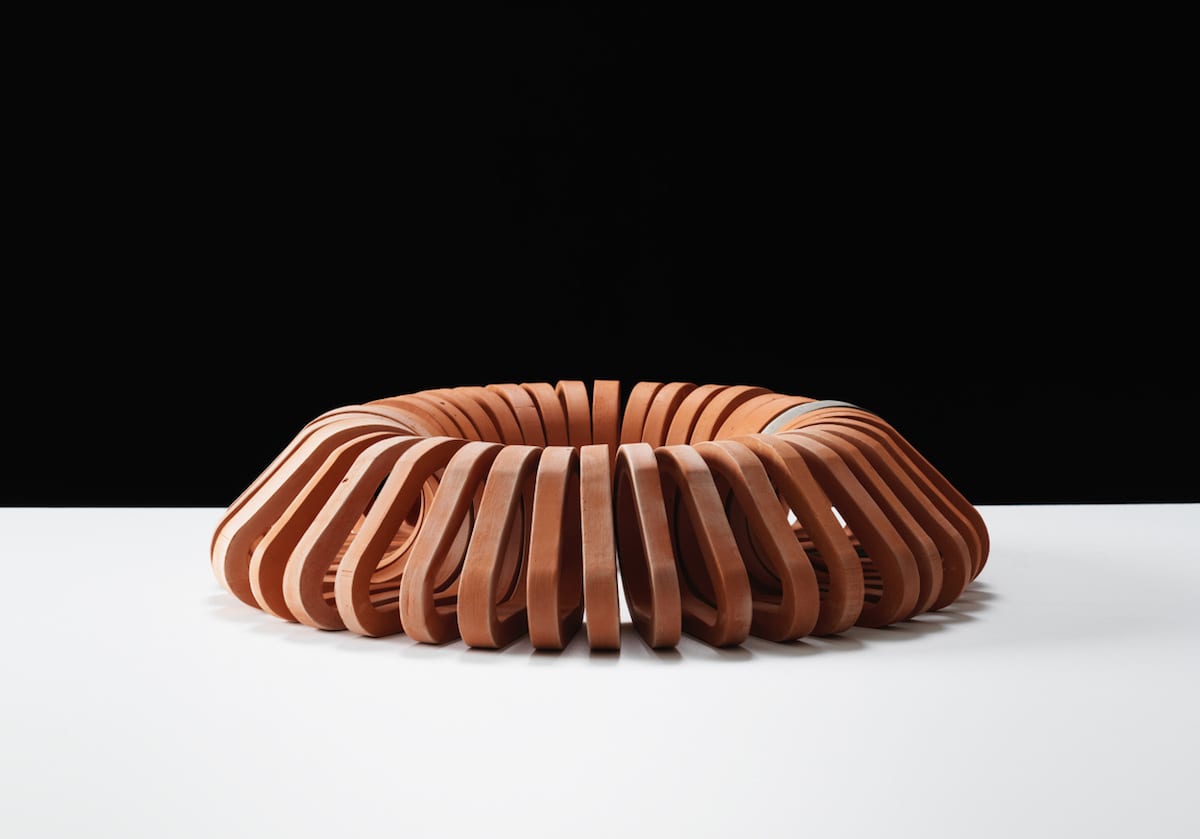
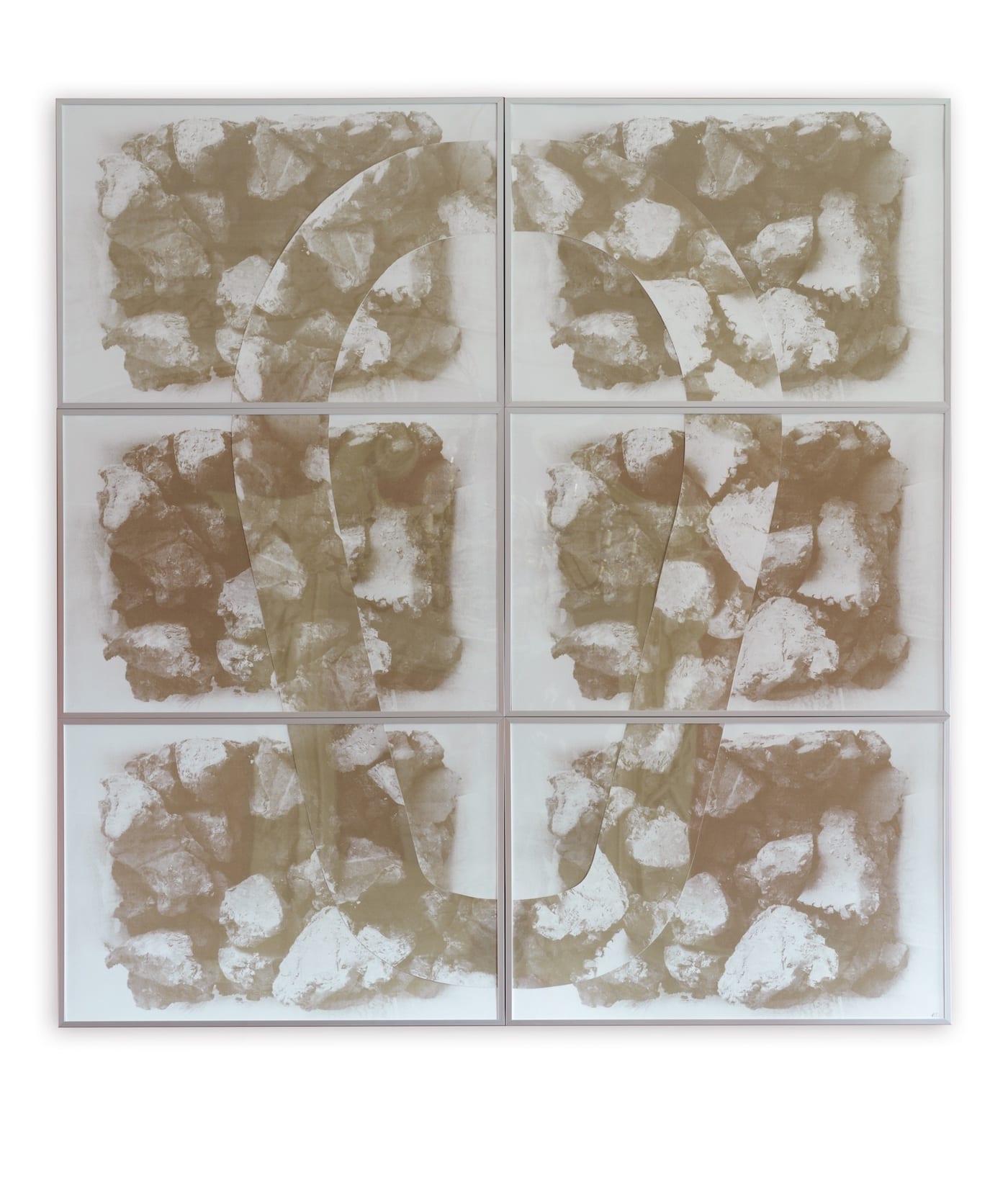
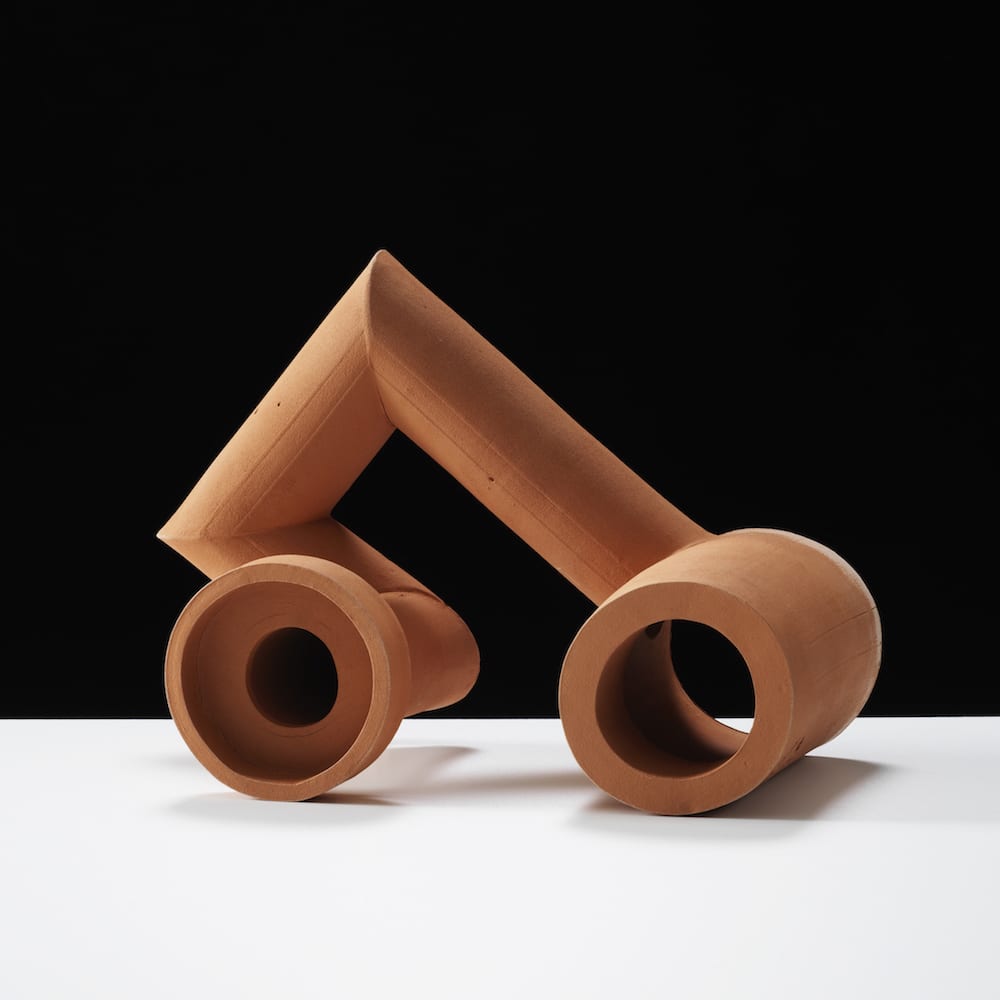
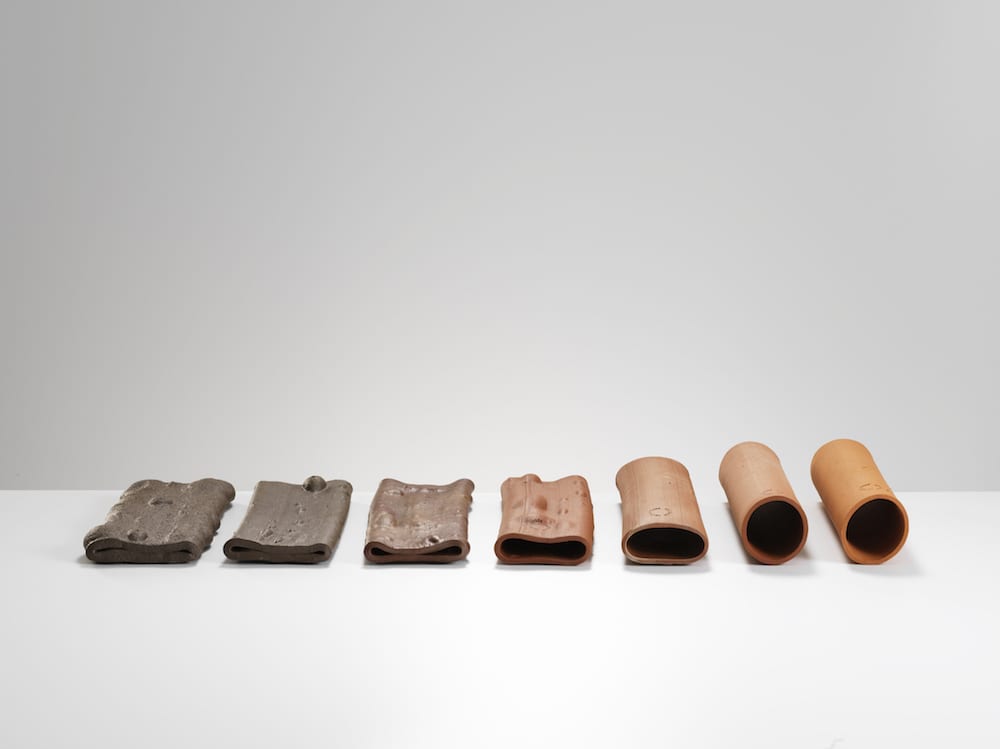
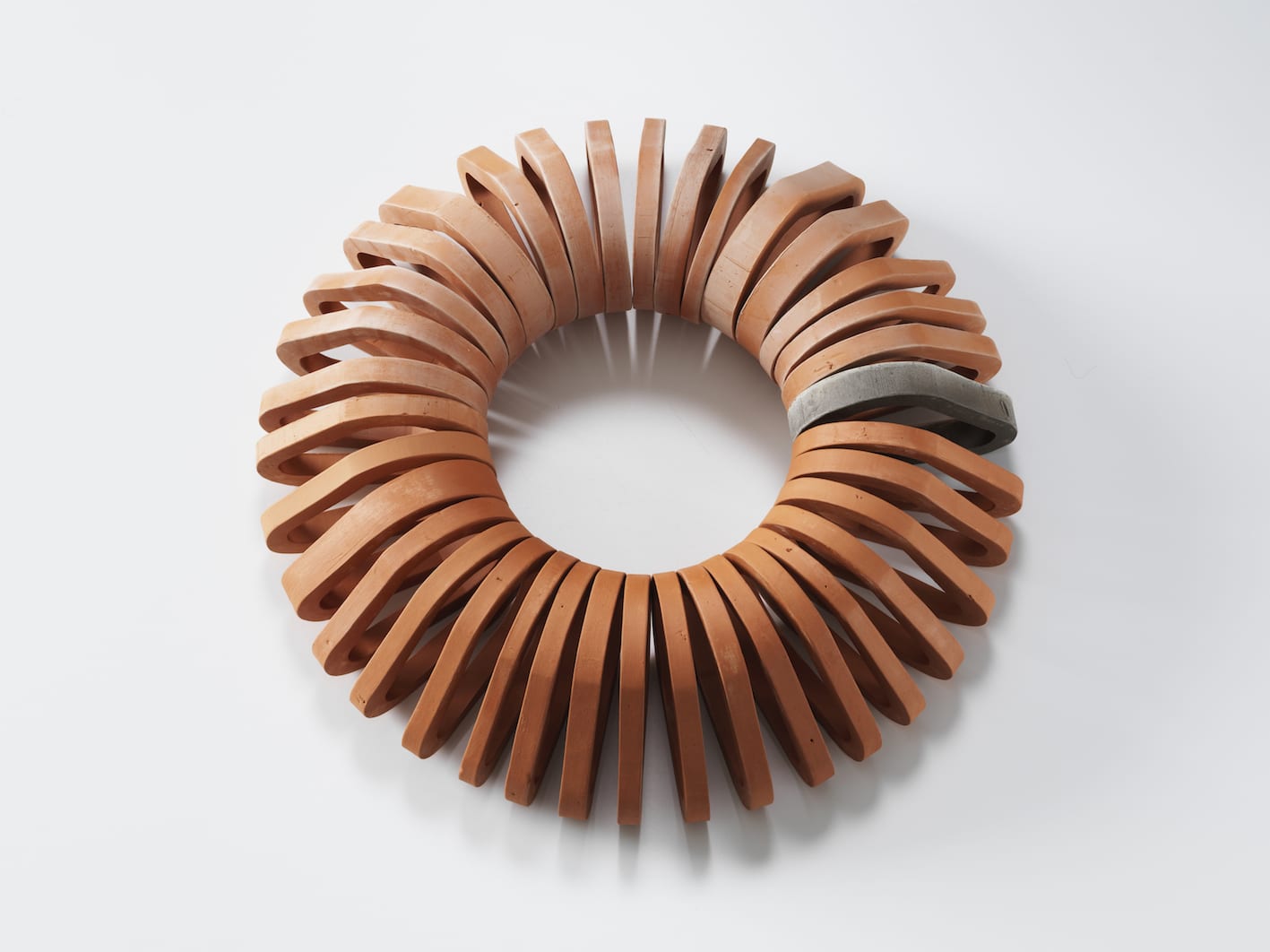
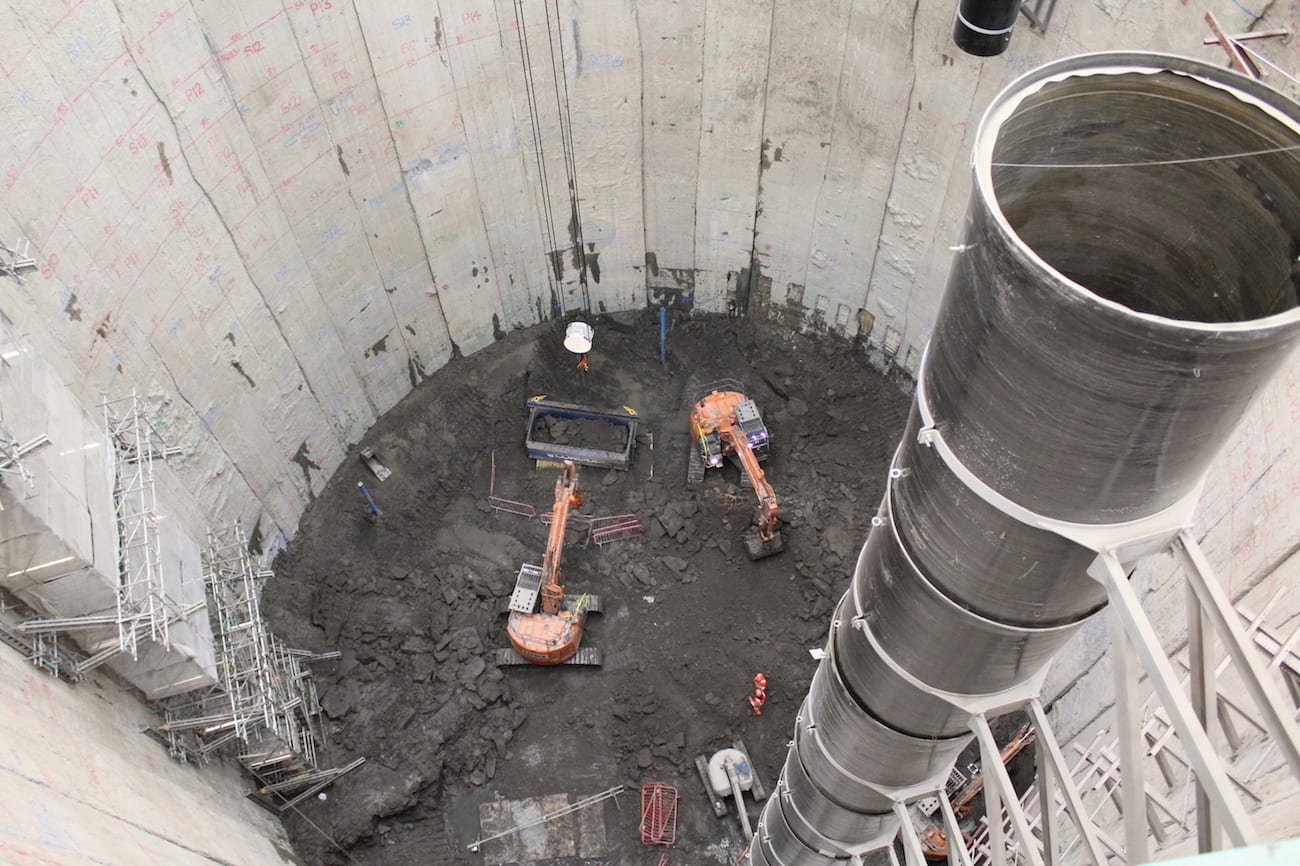
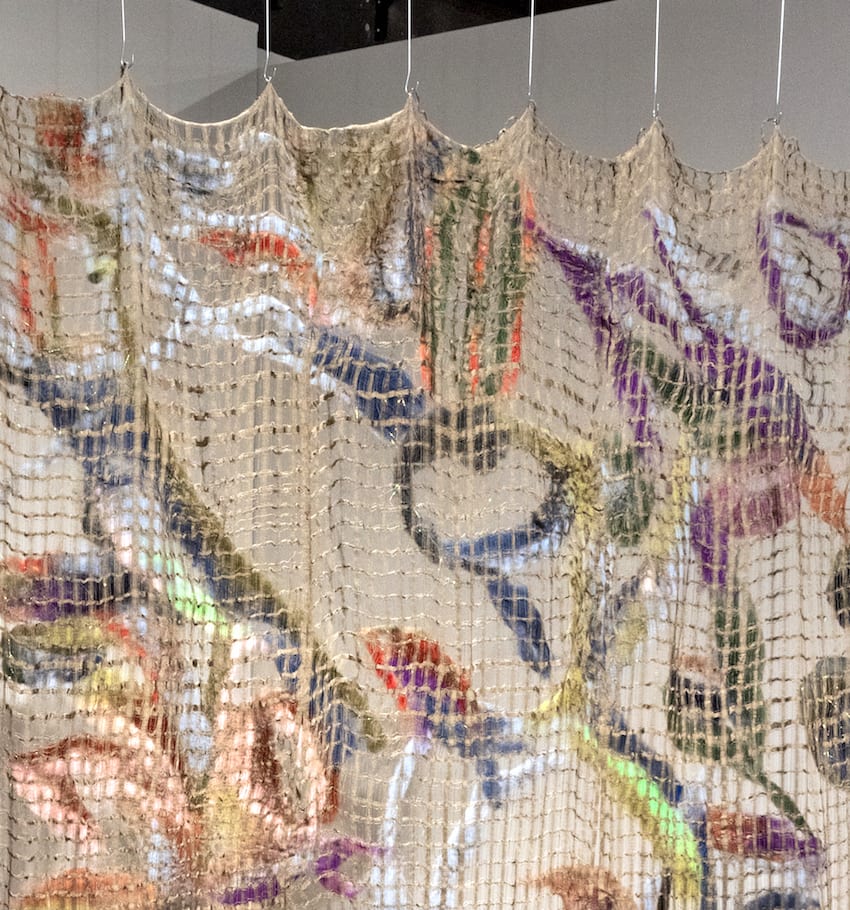
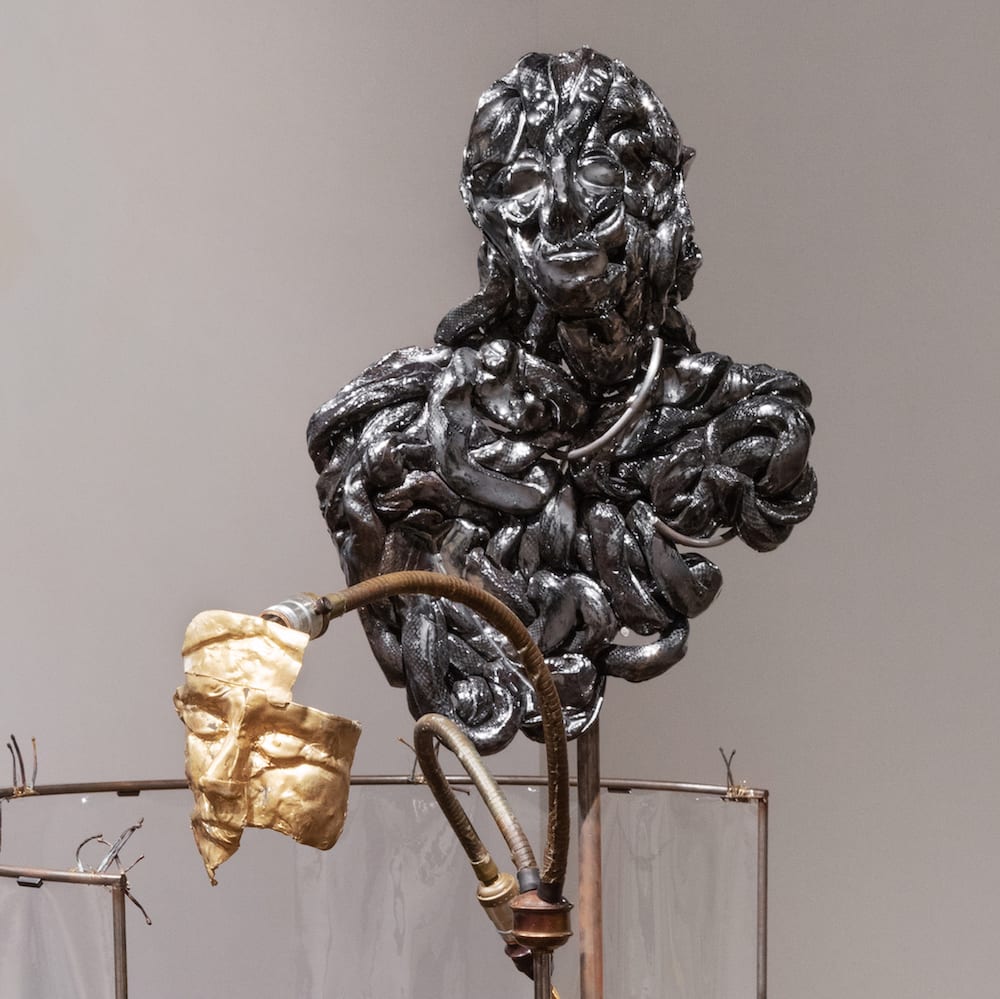
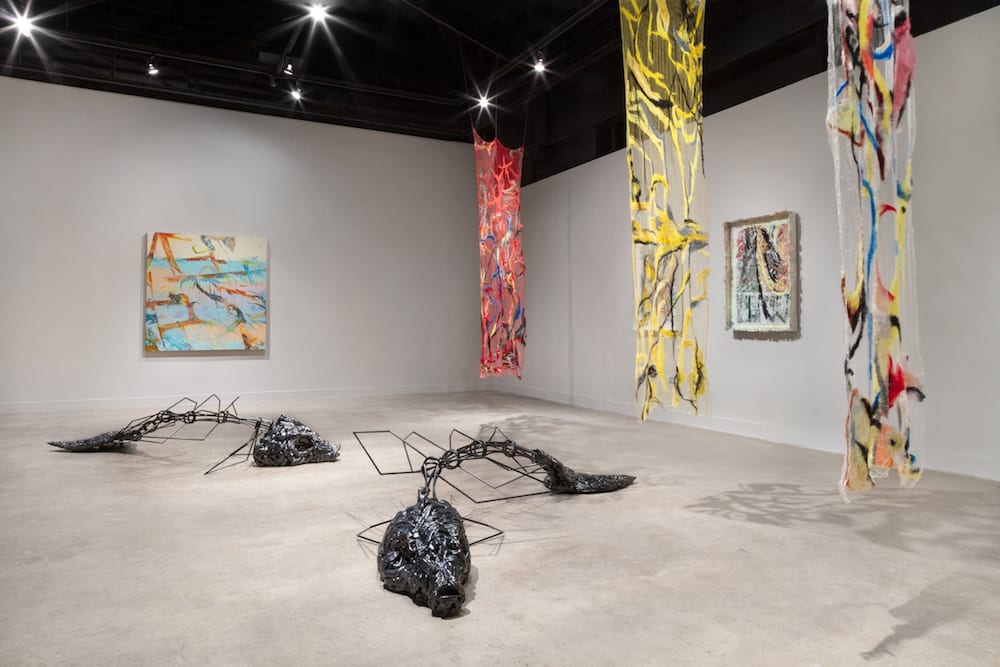
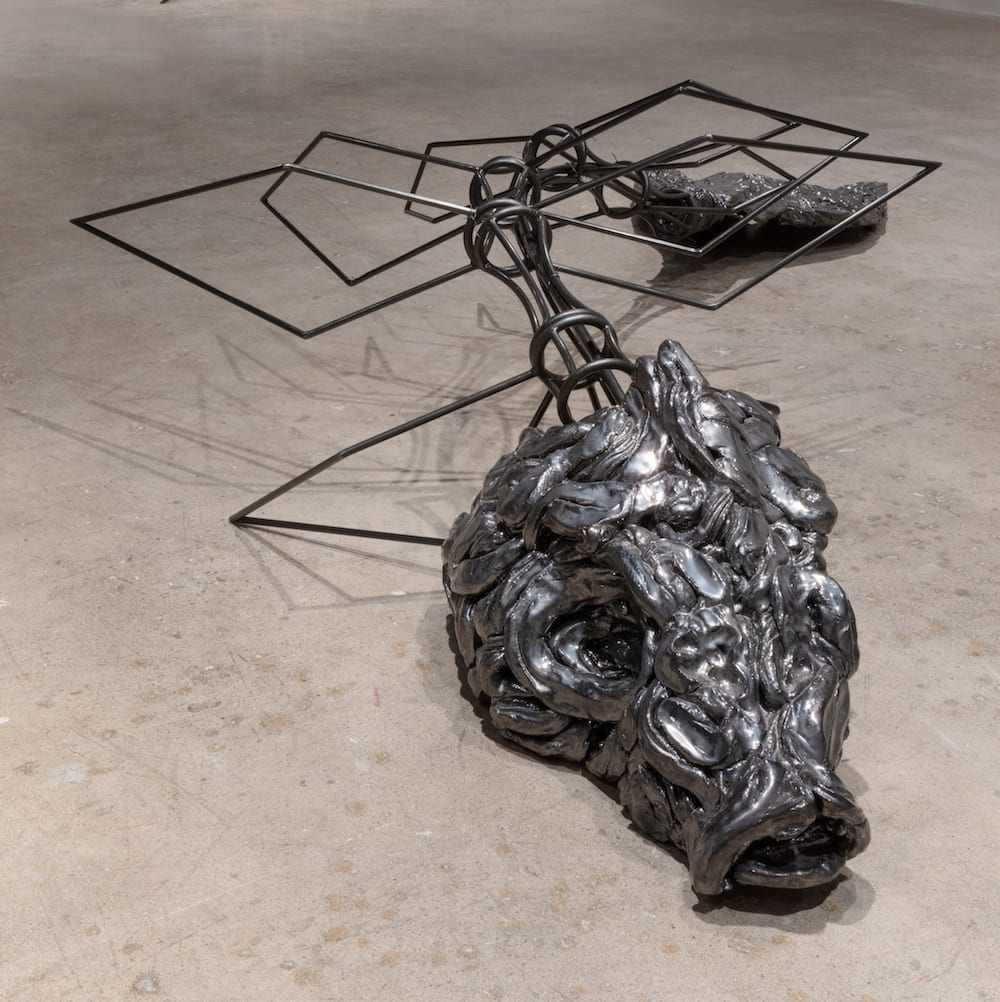
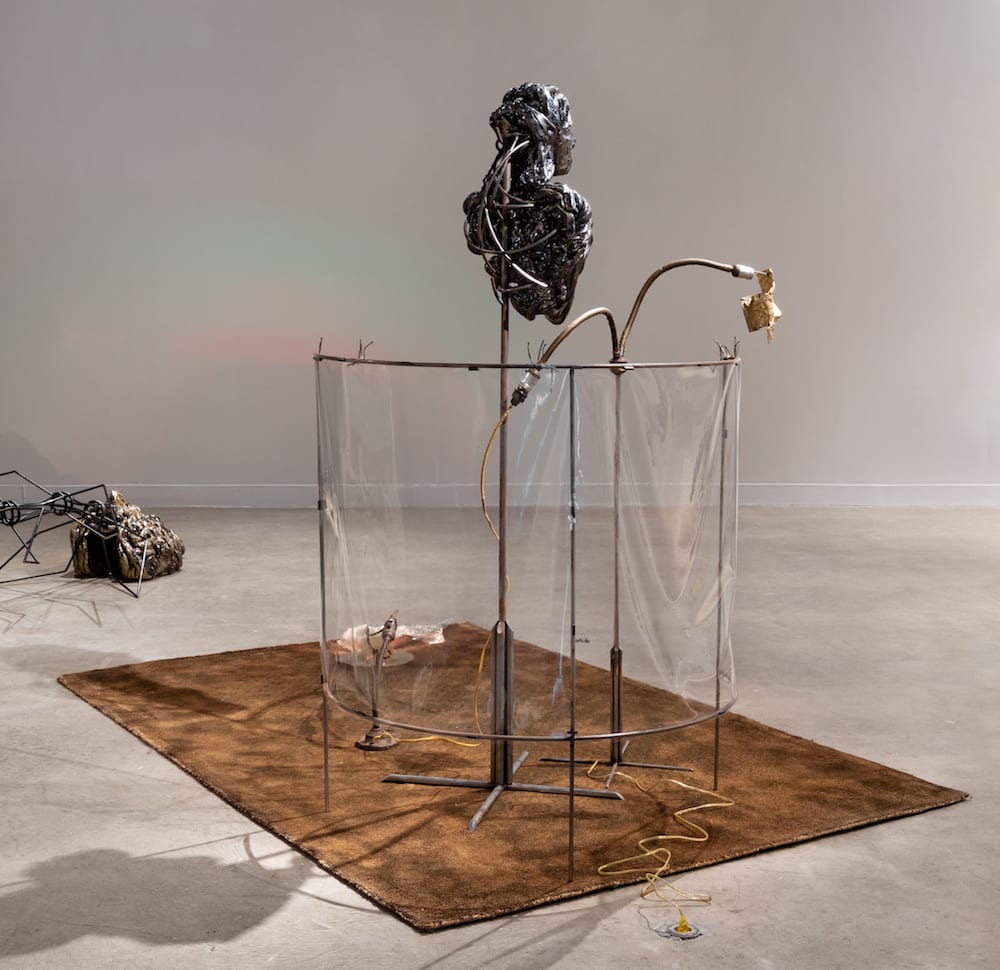
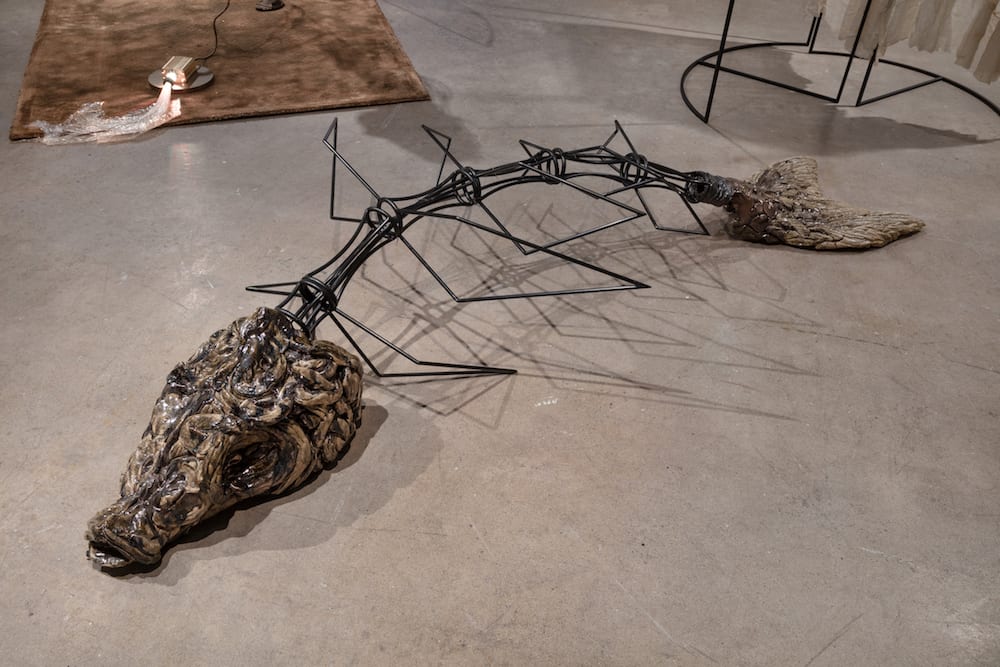
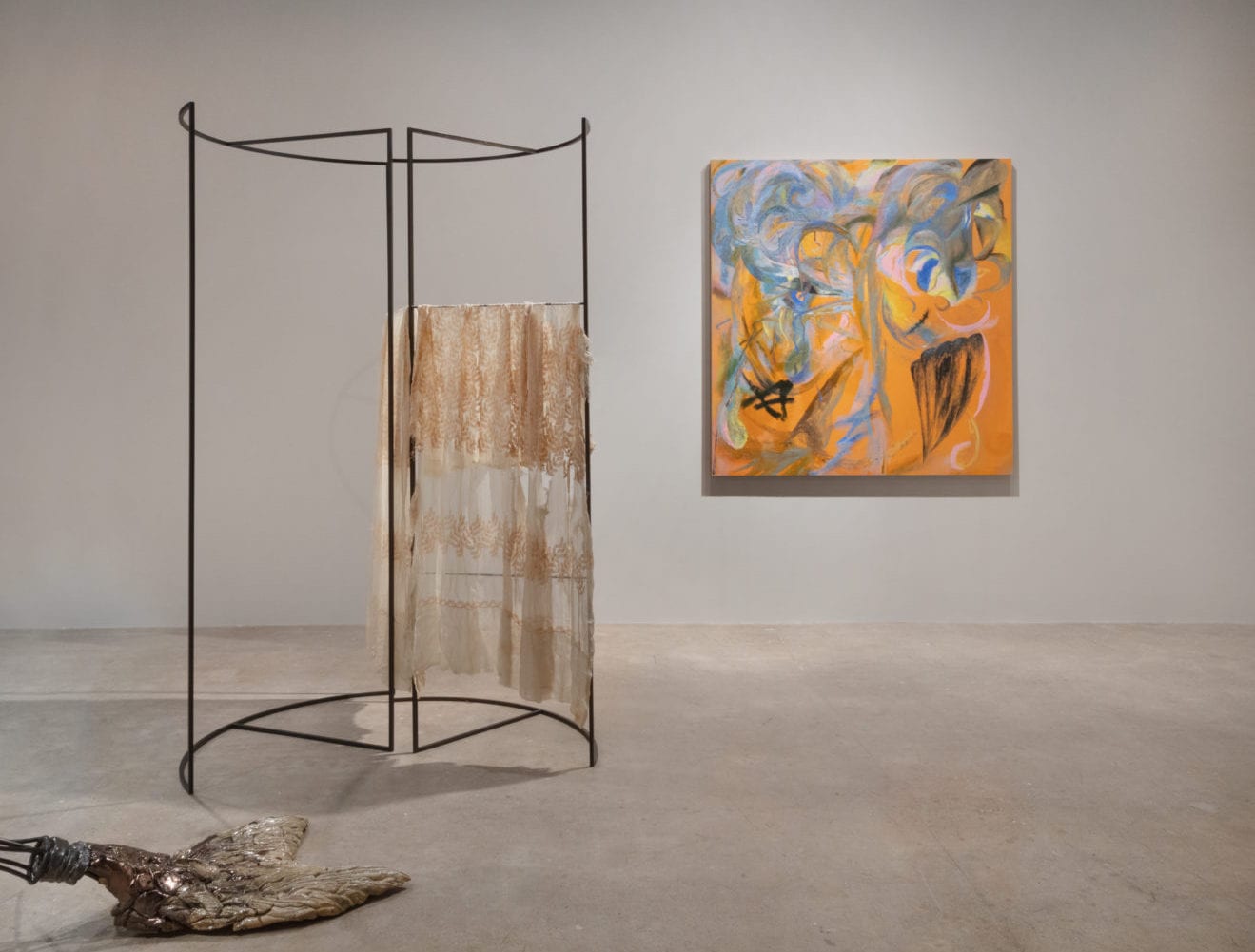
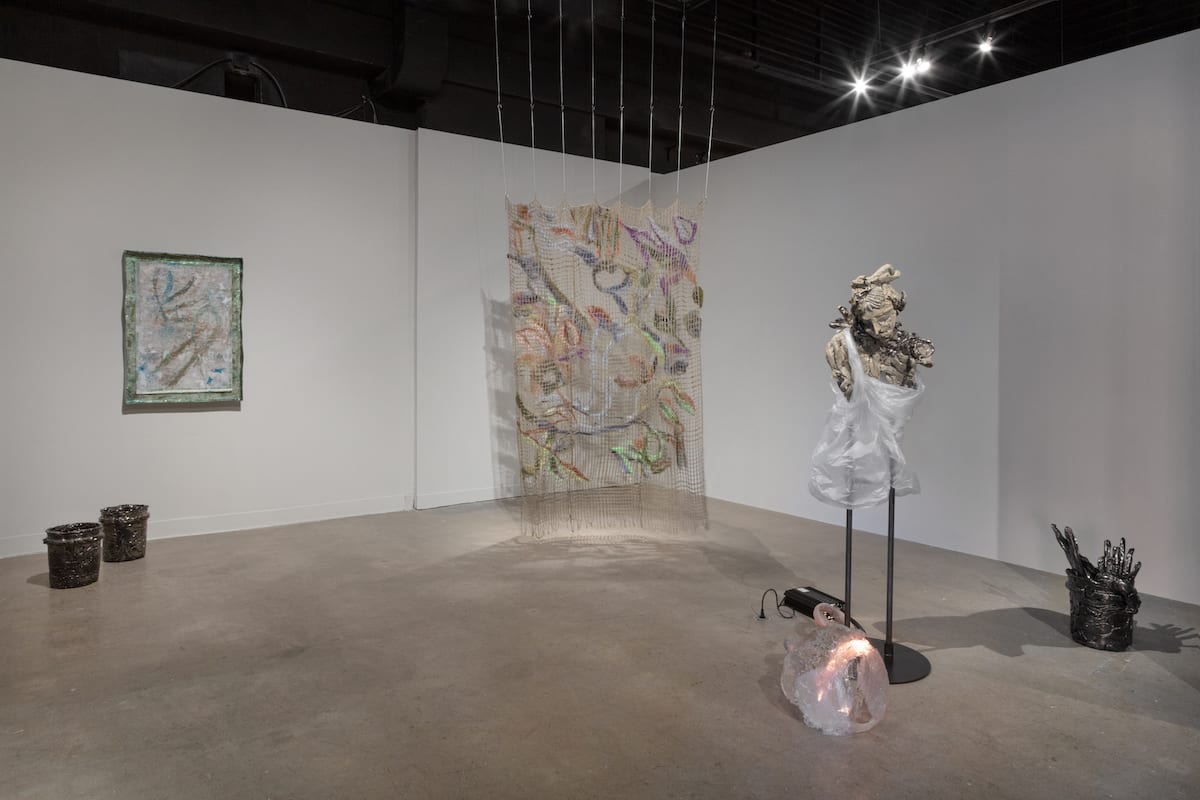
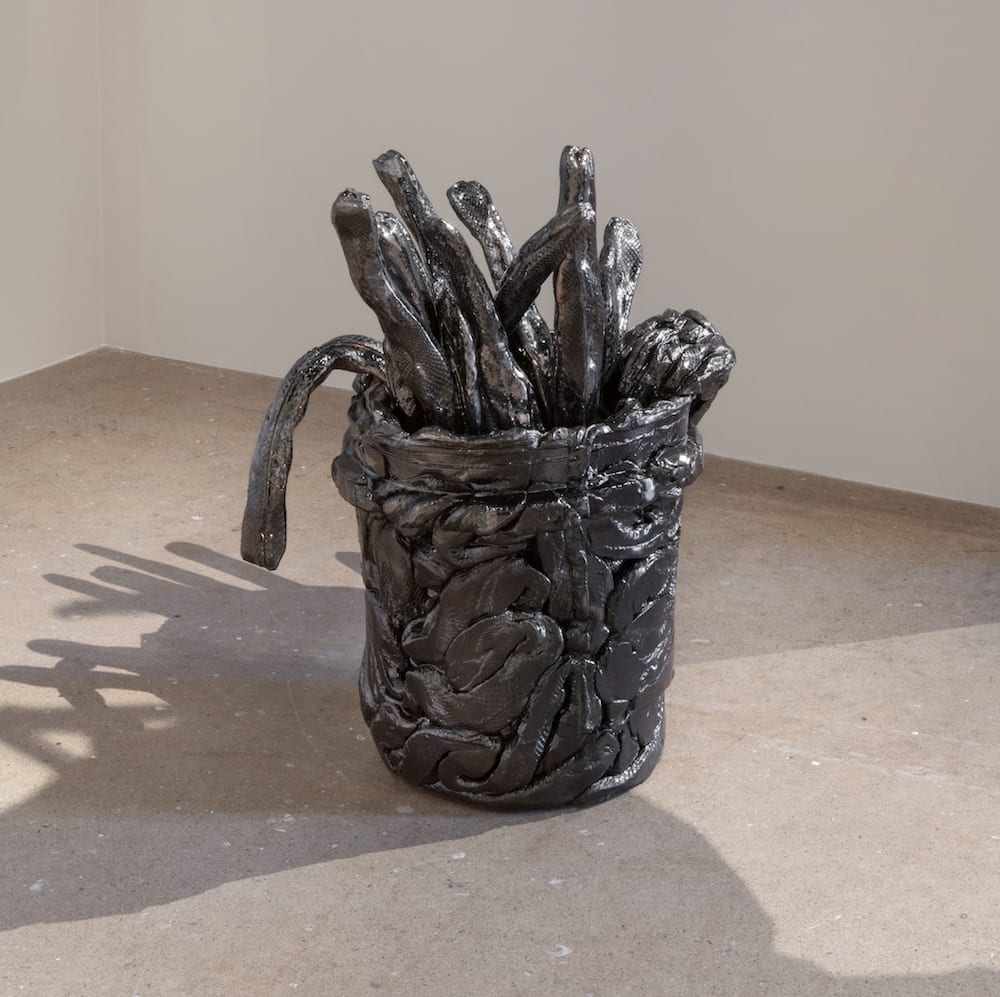

Add your valued opinion to this post.